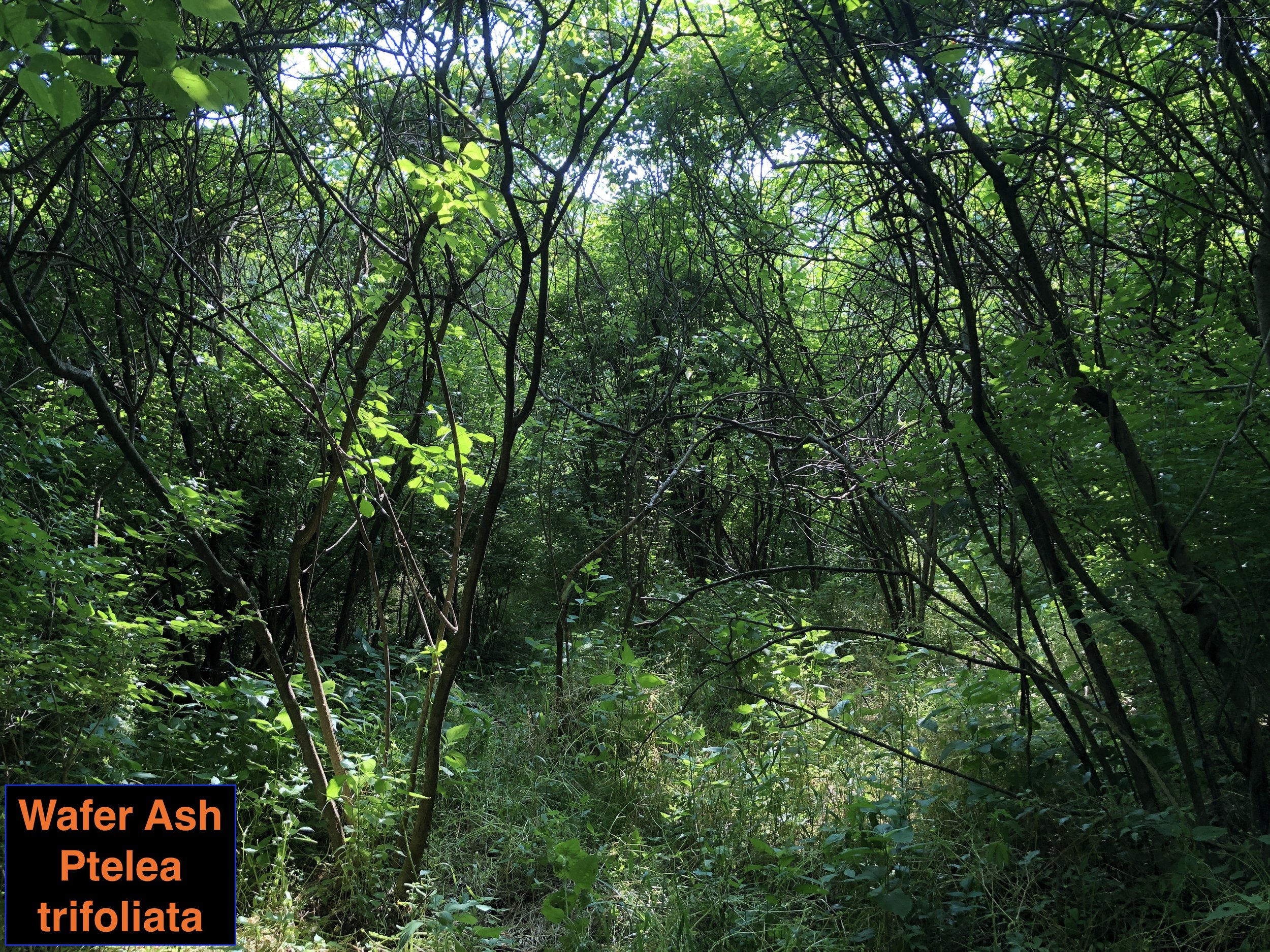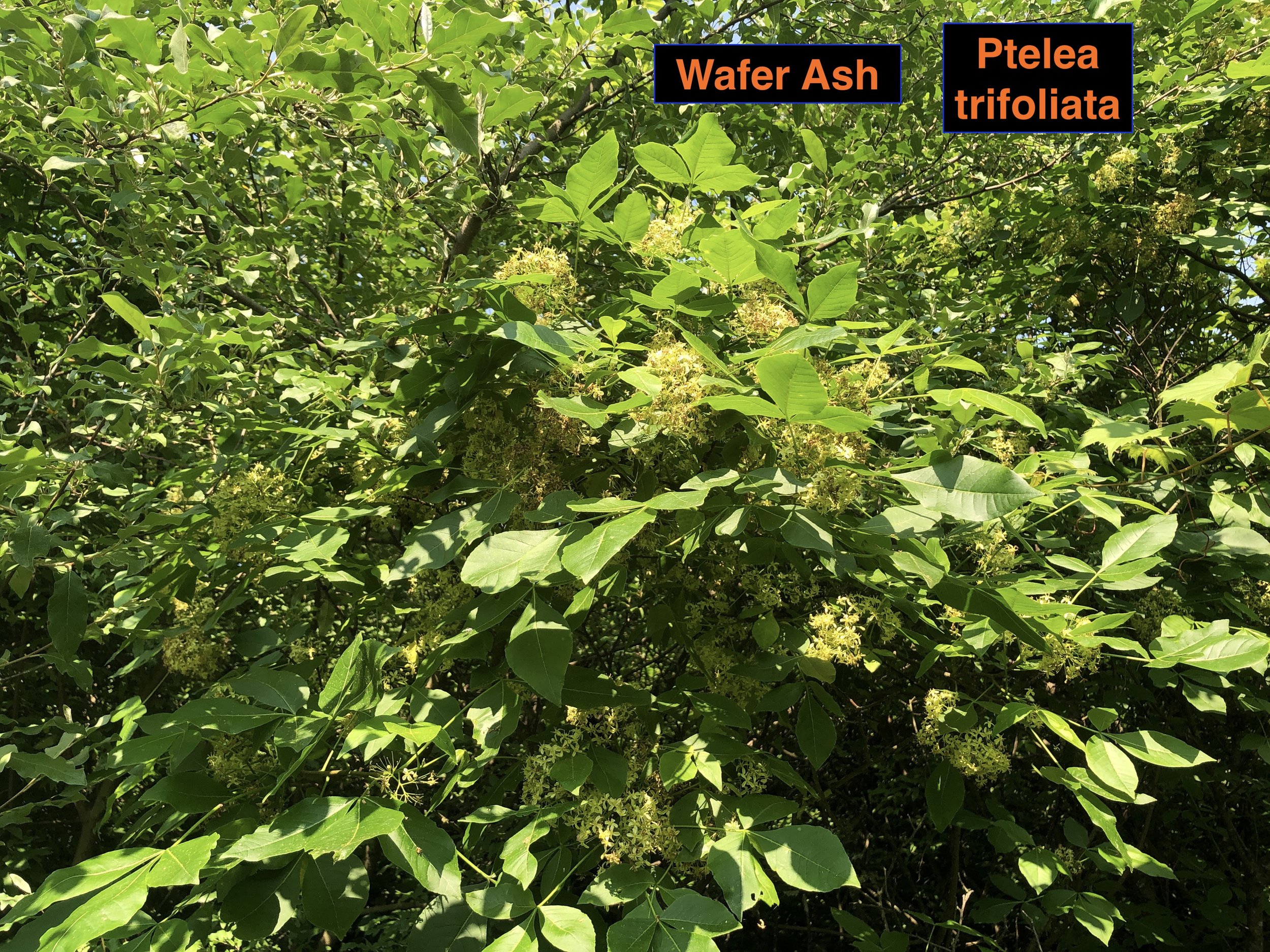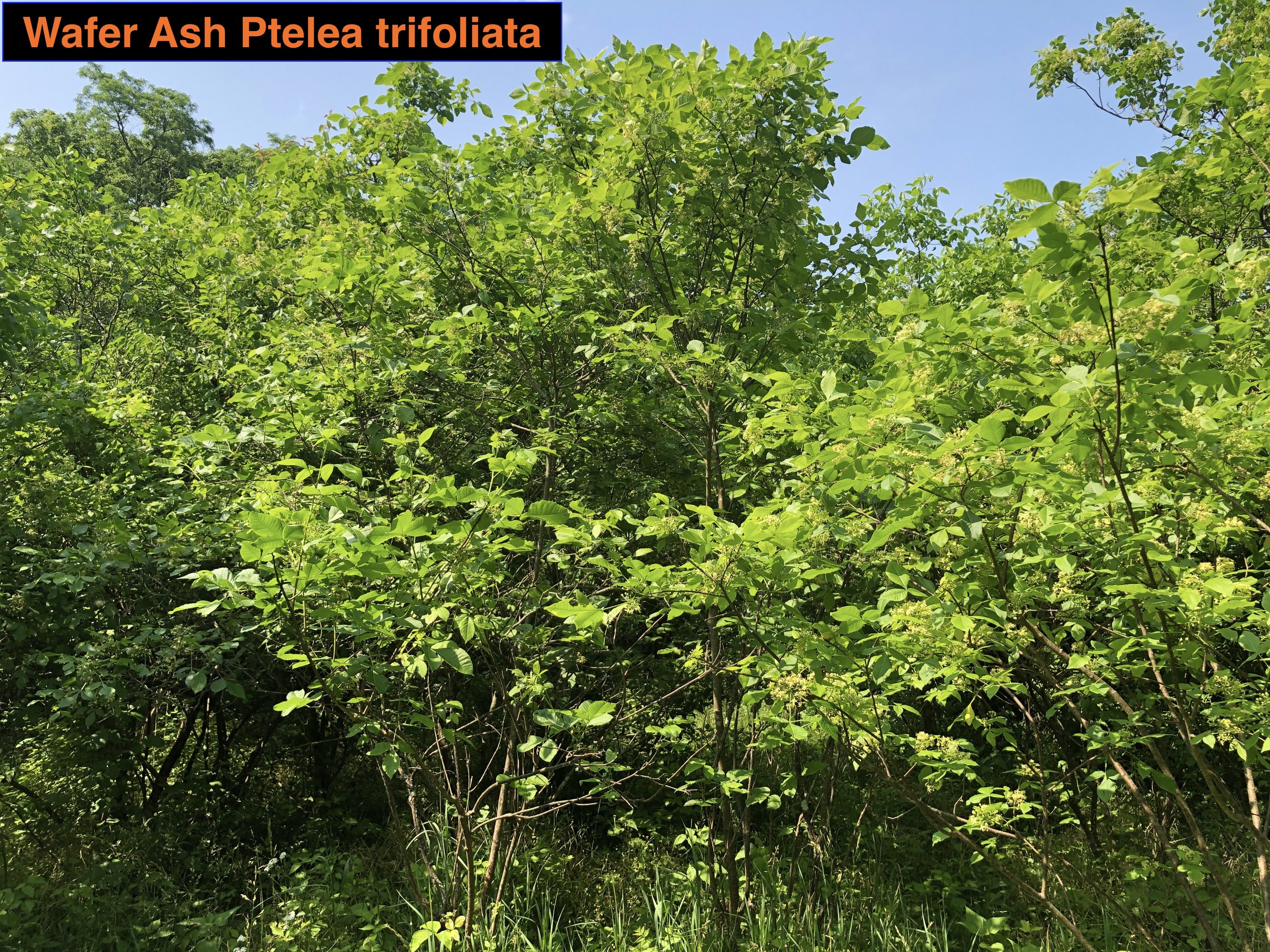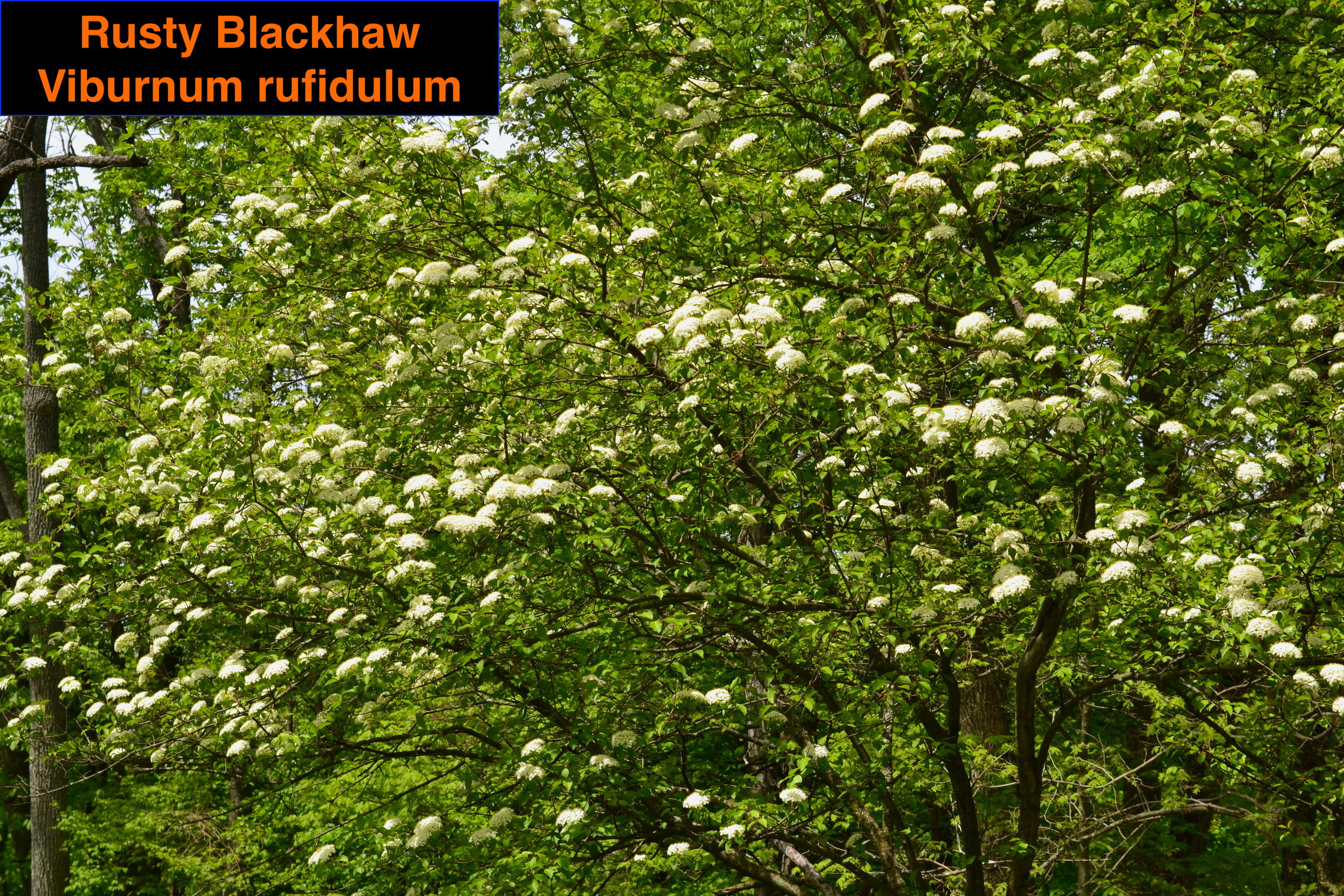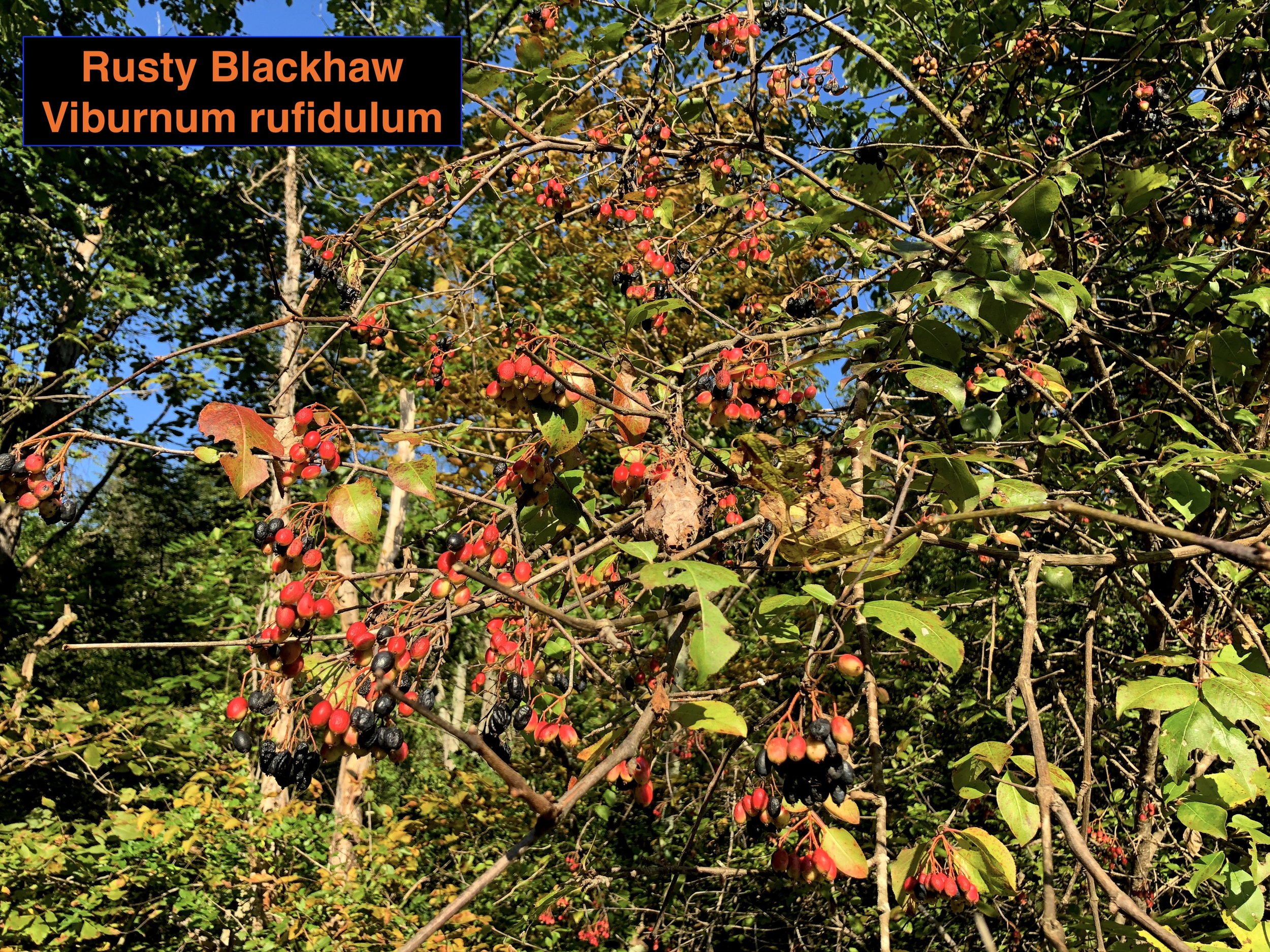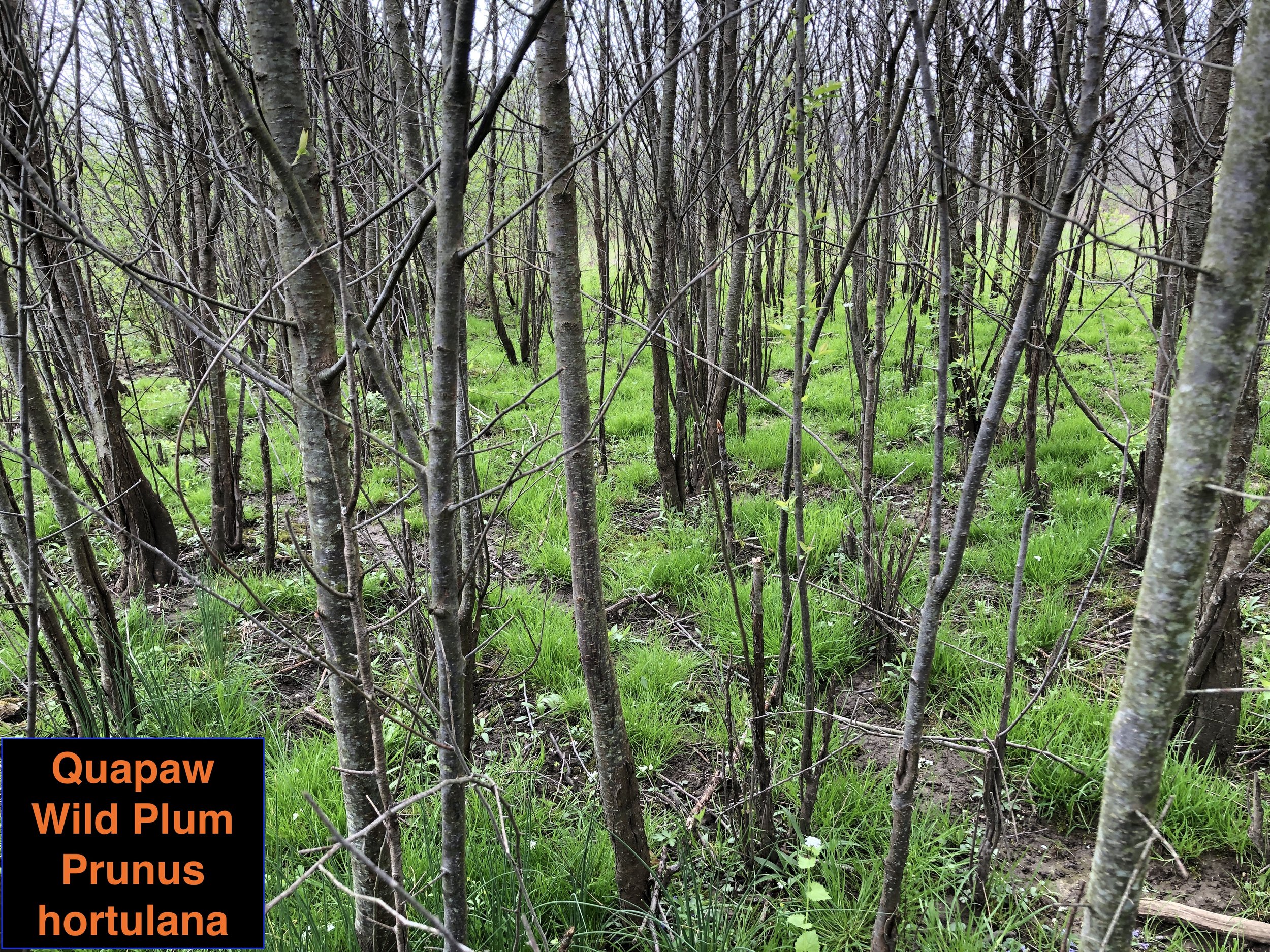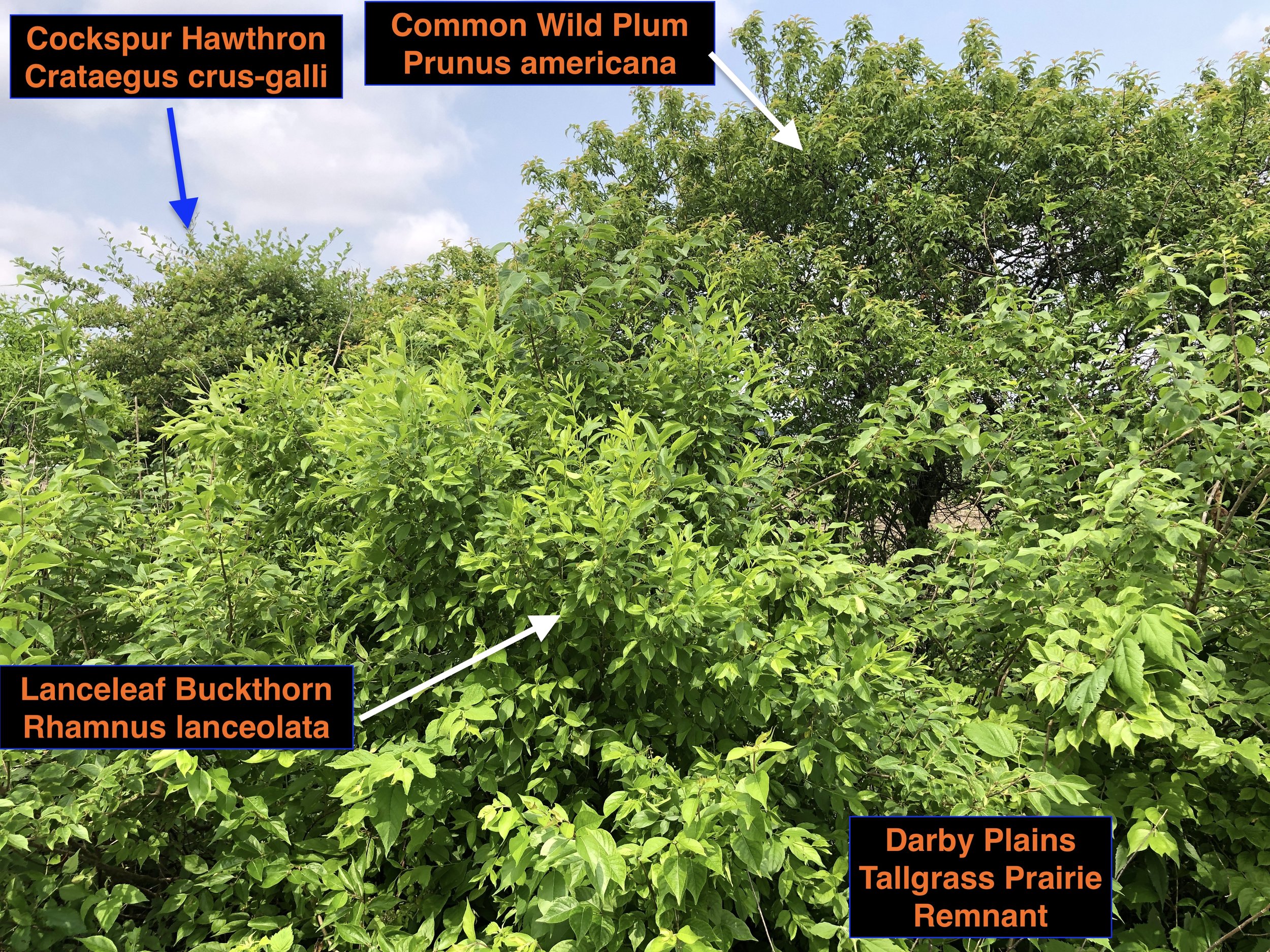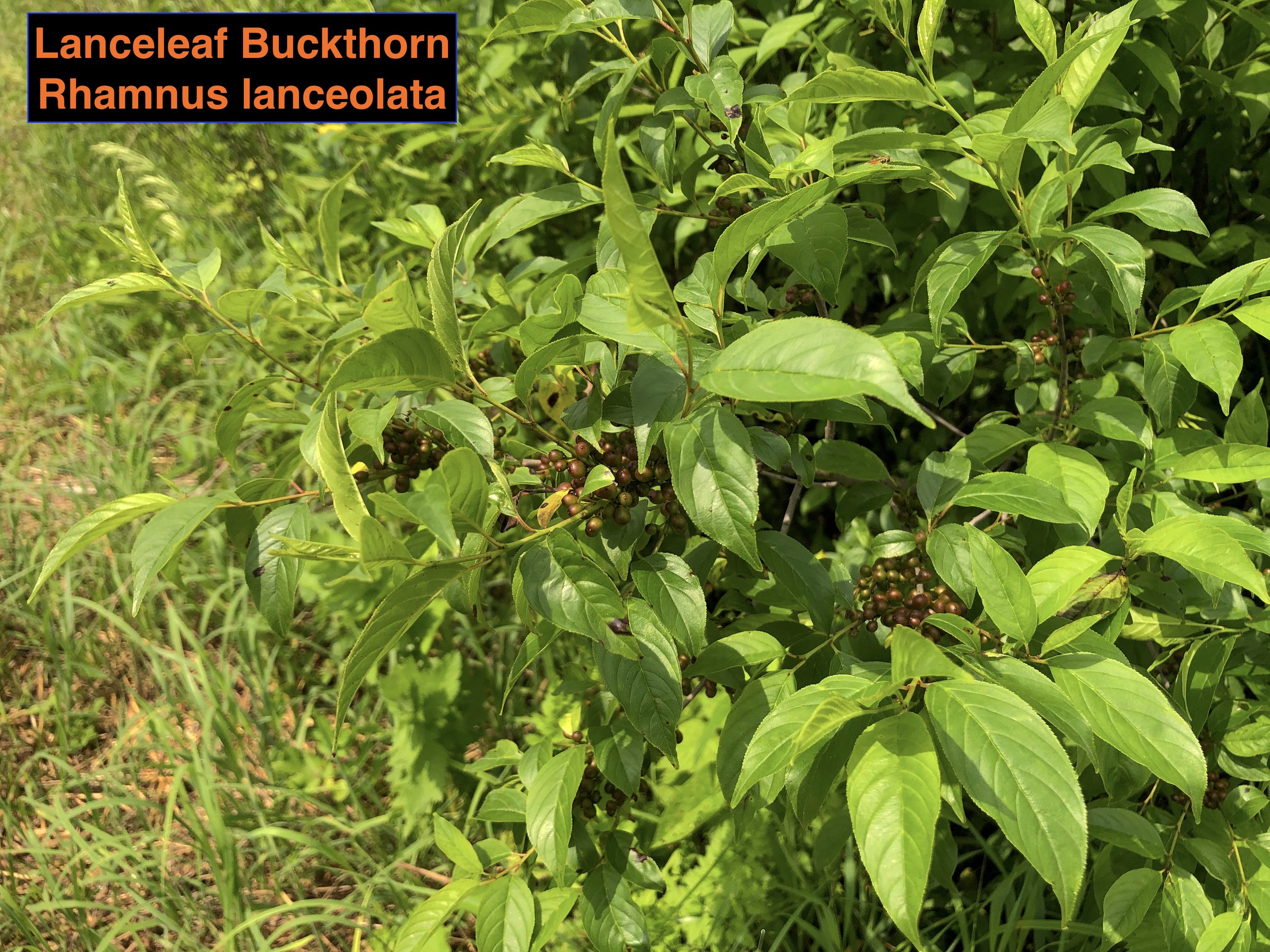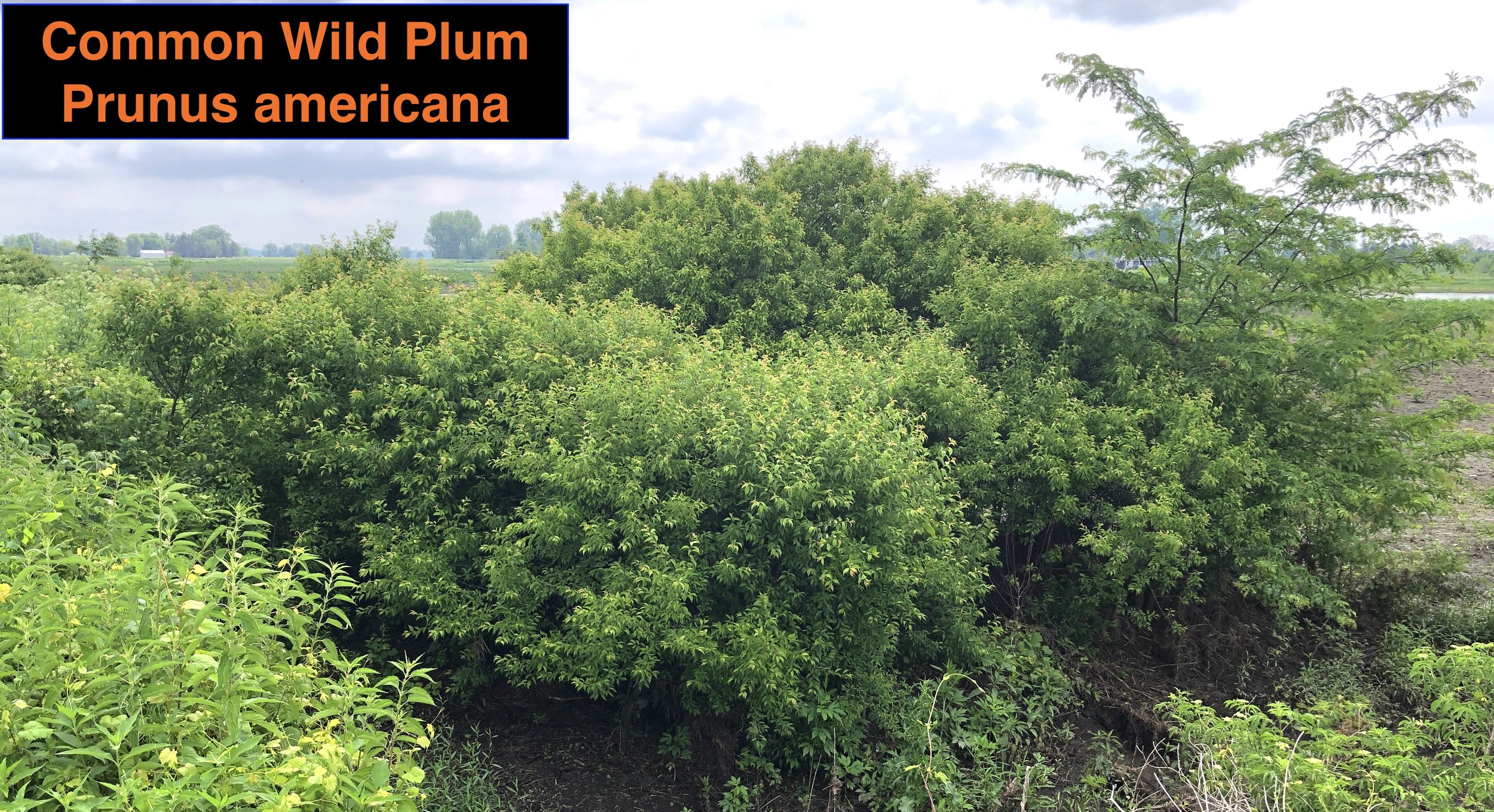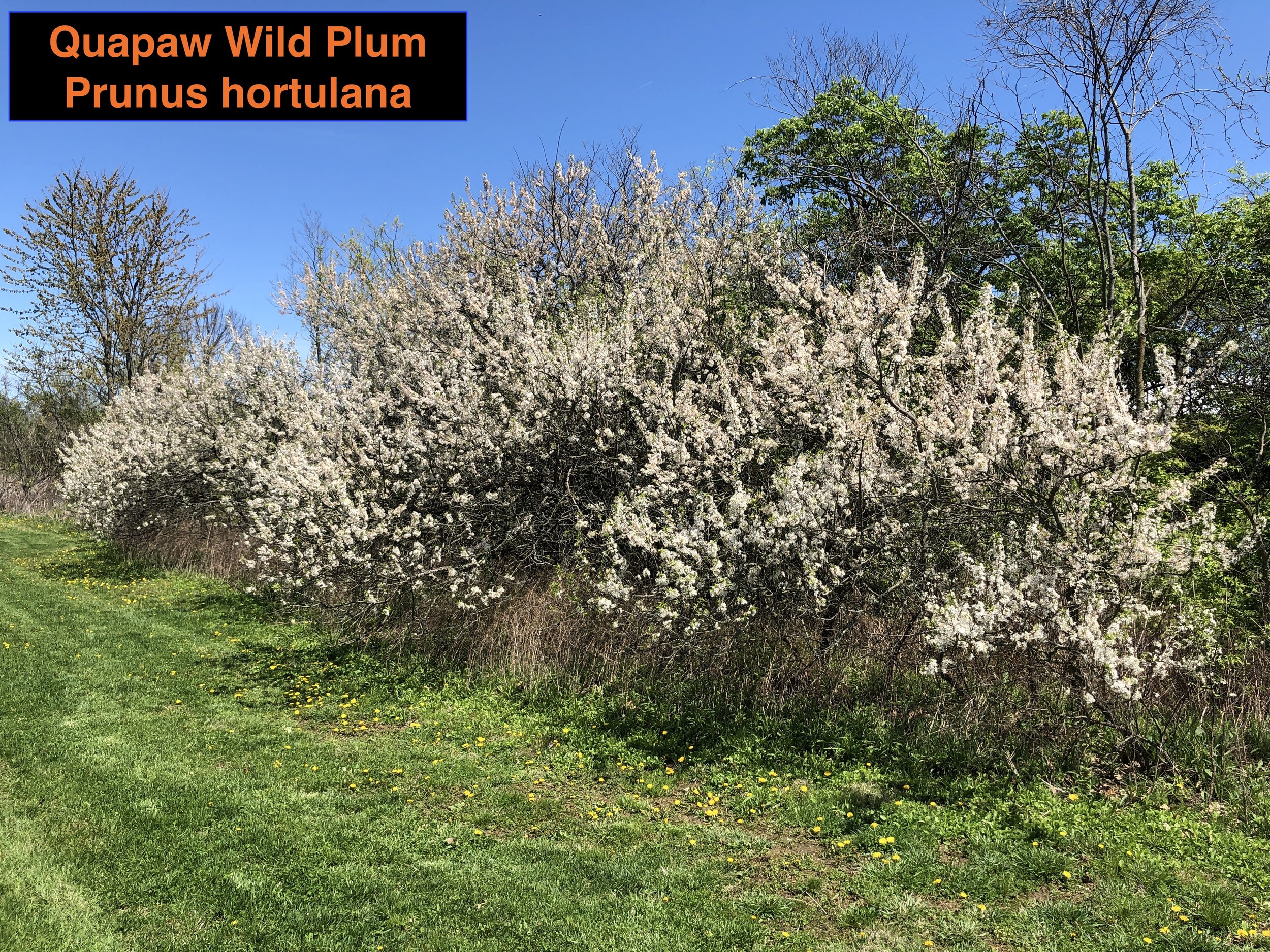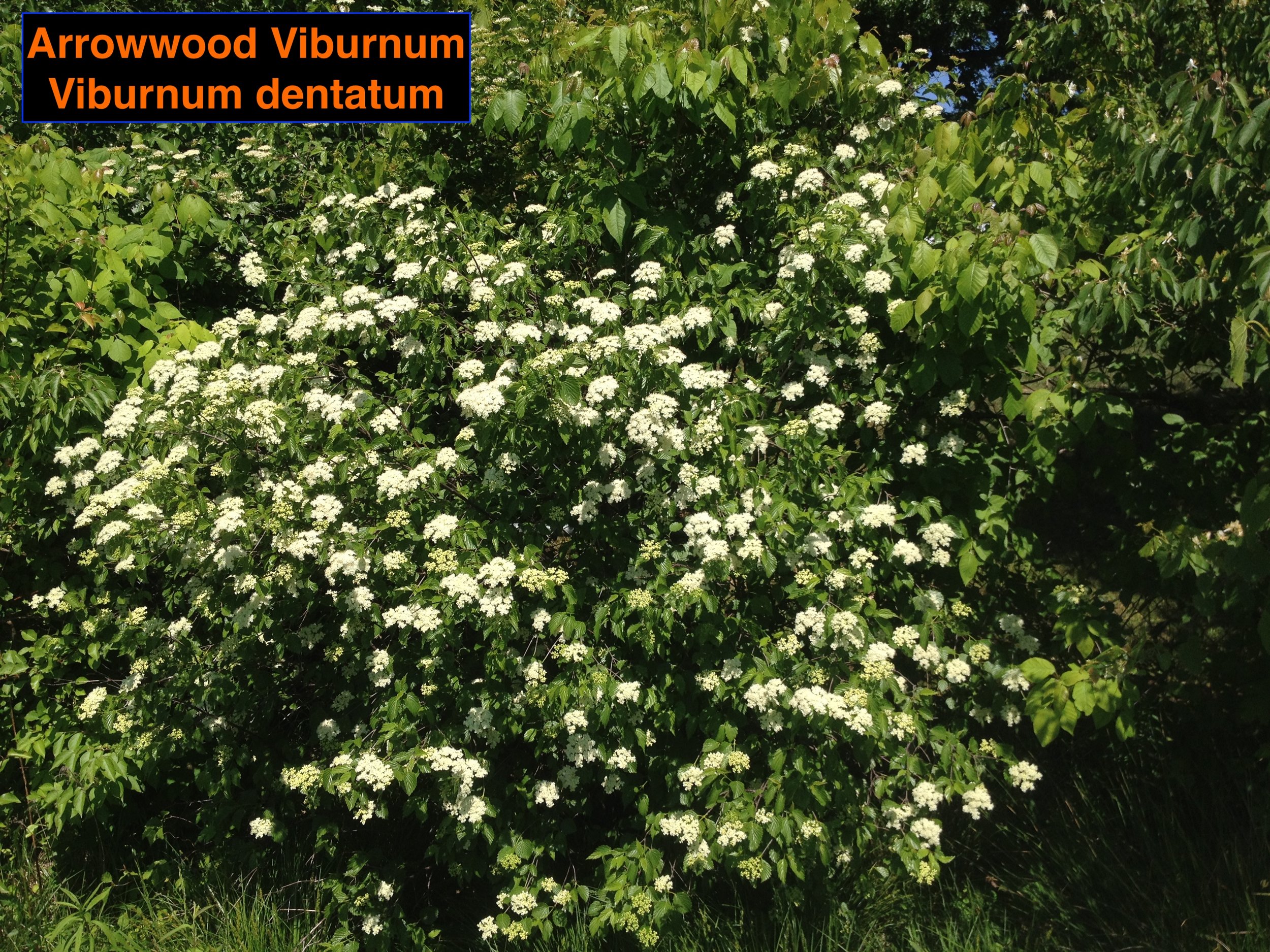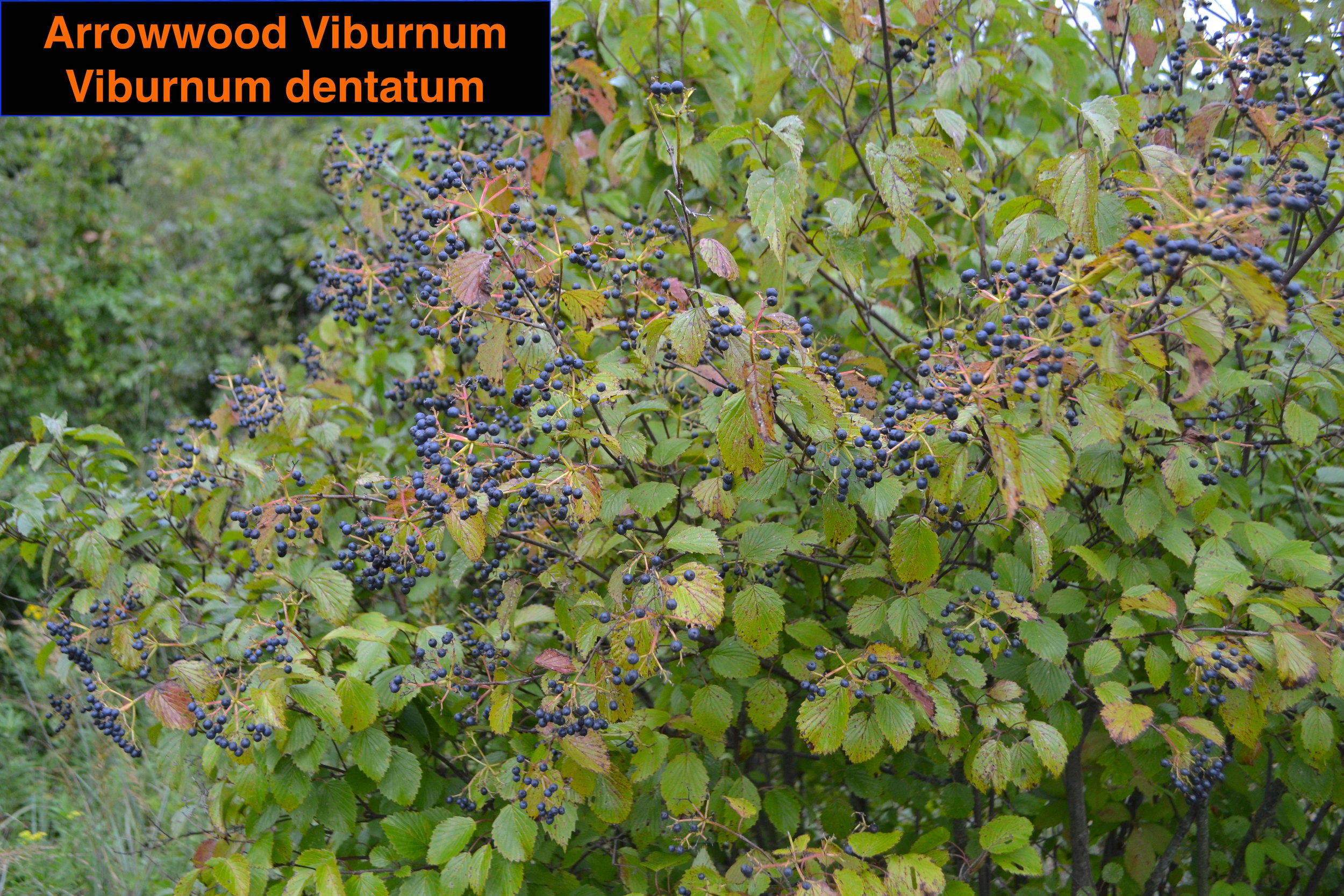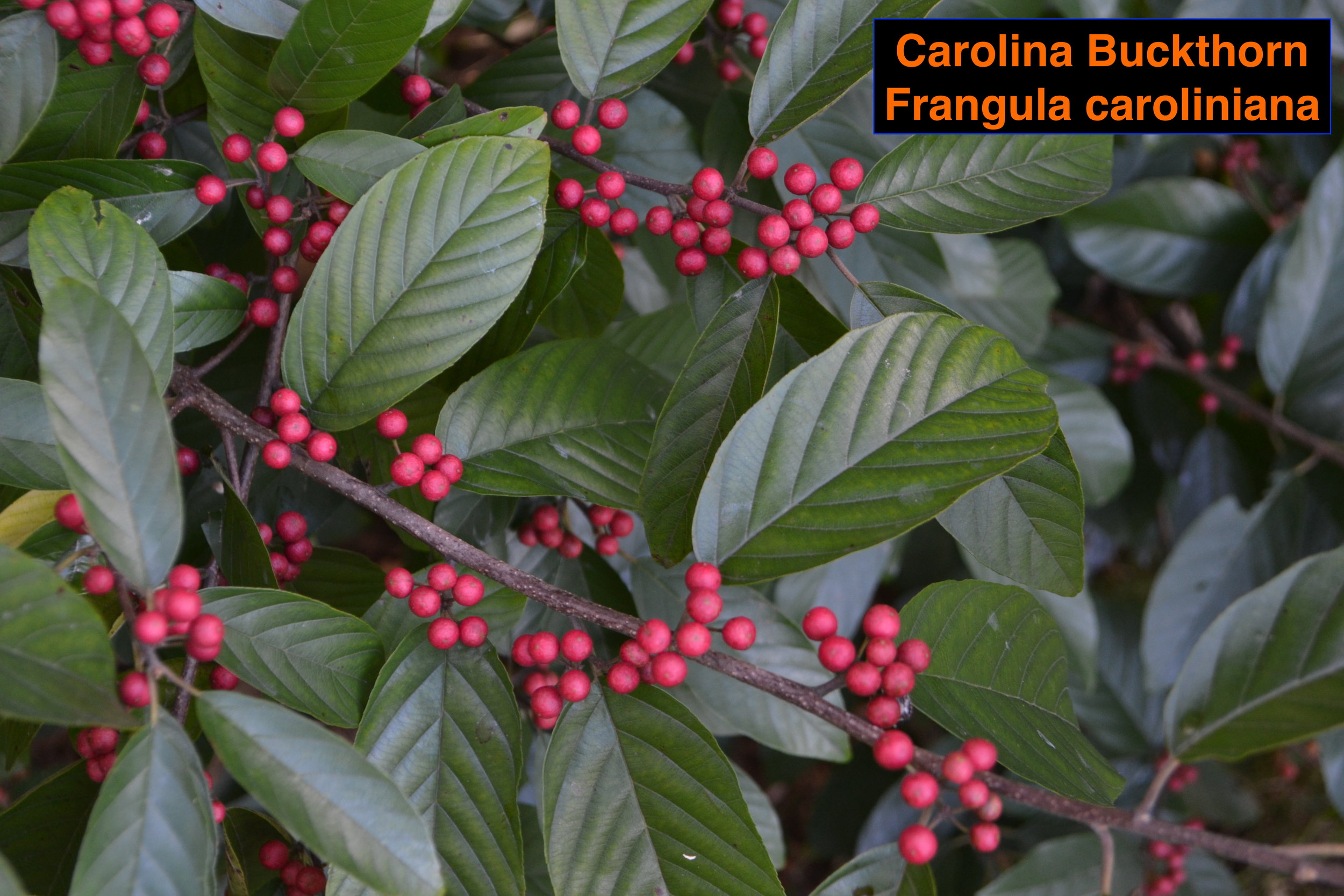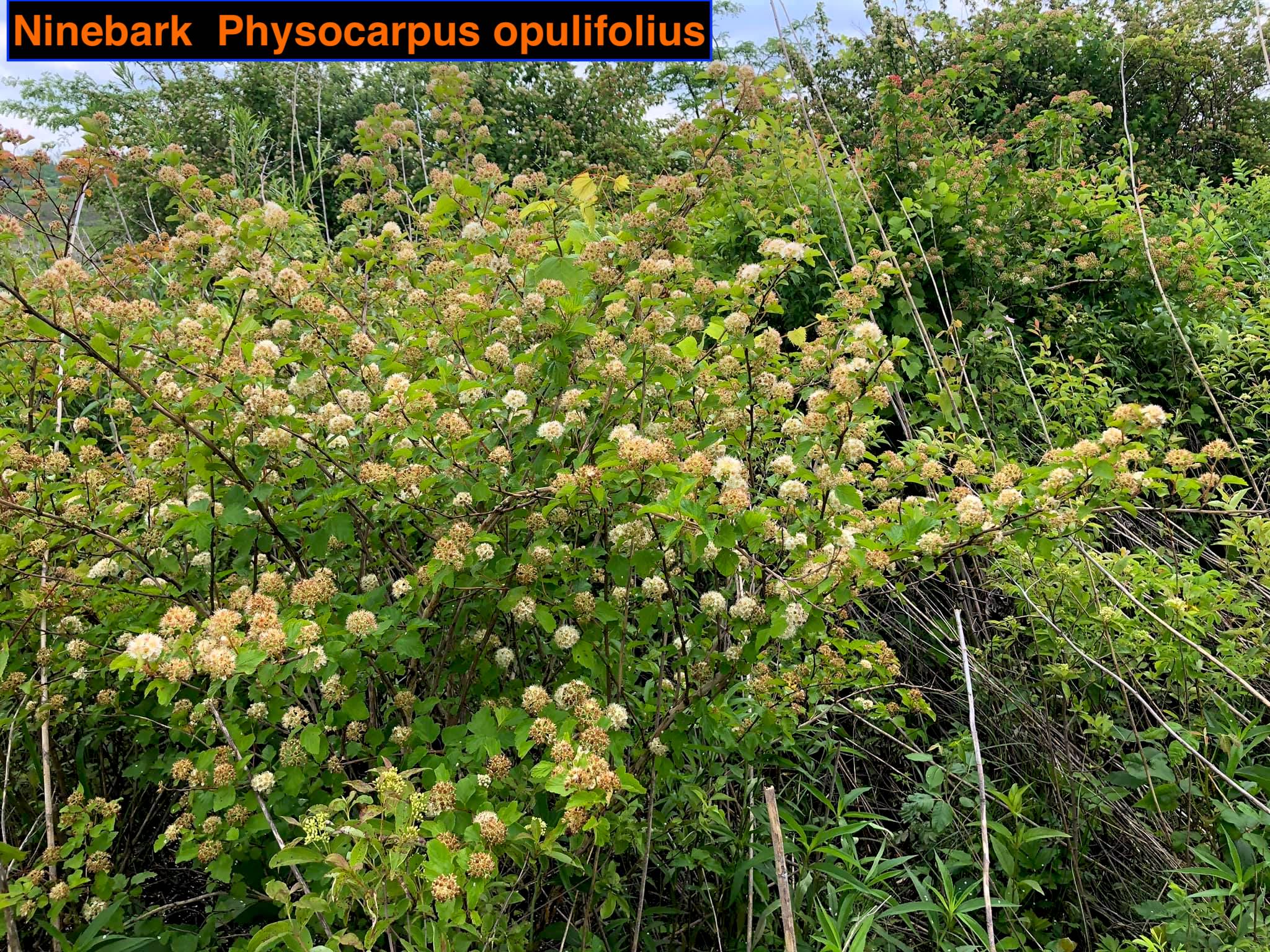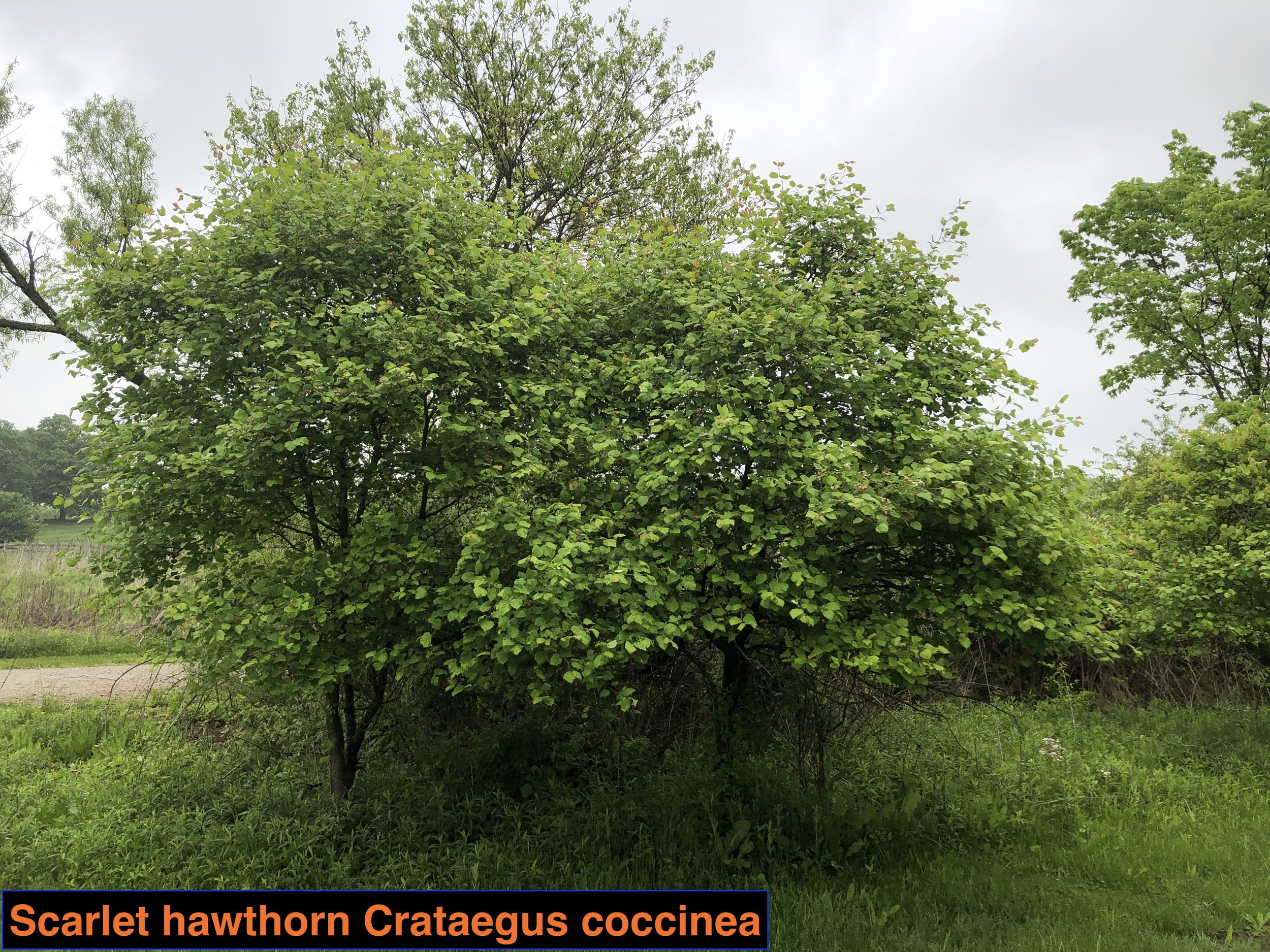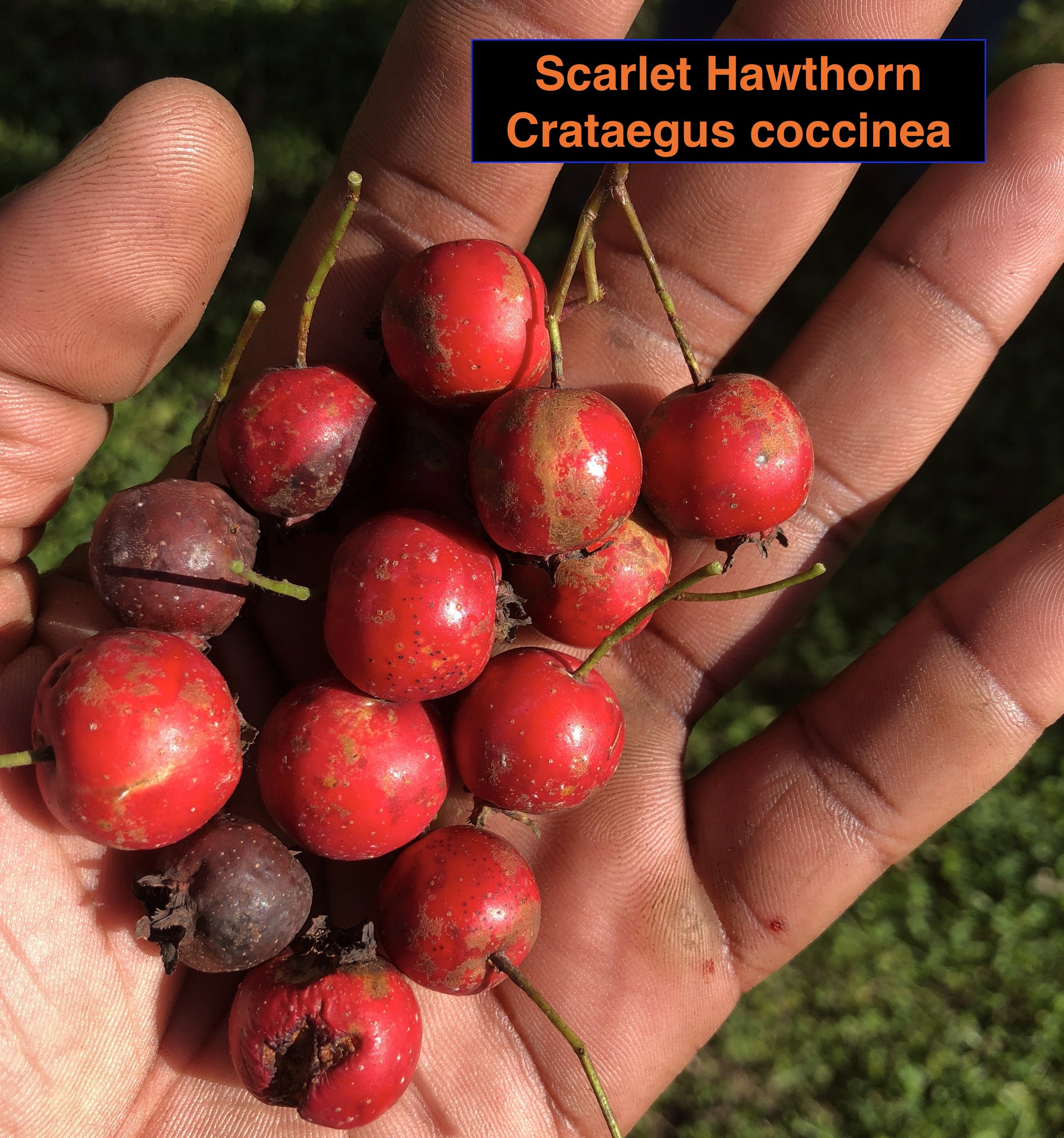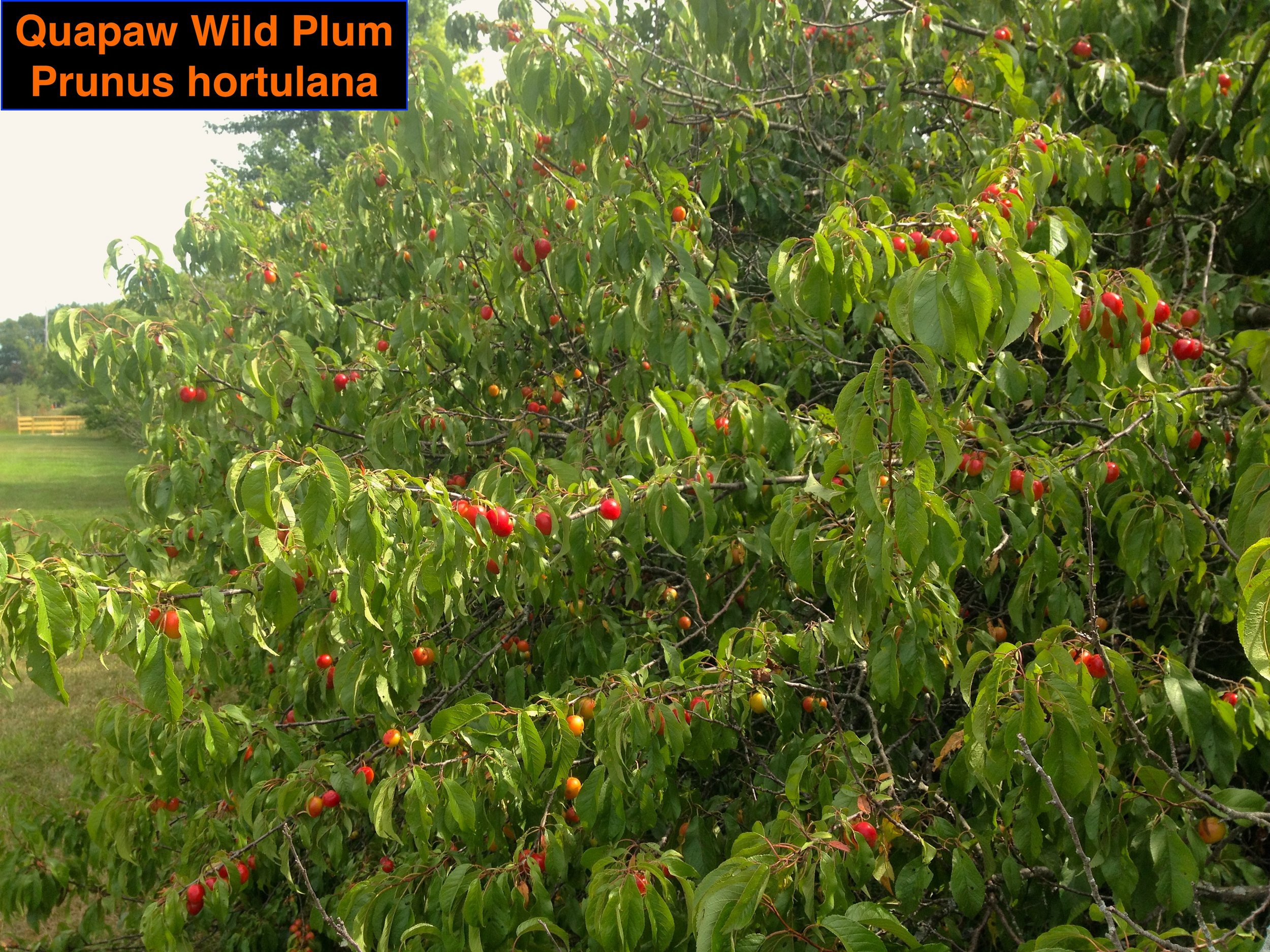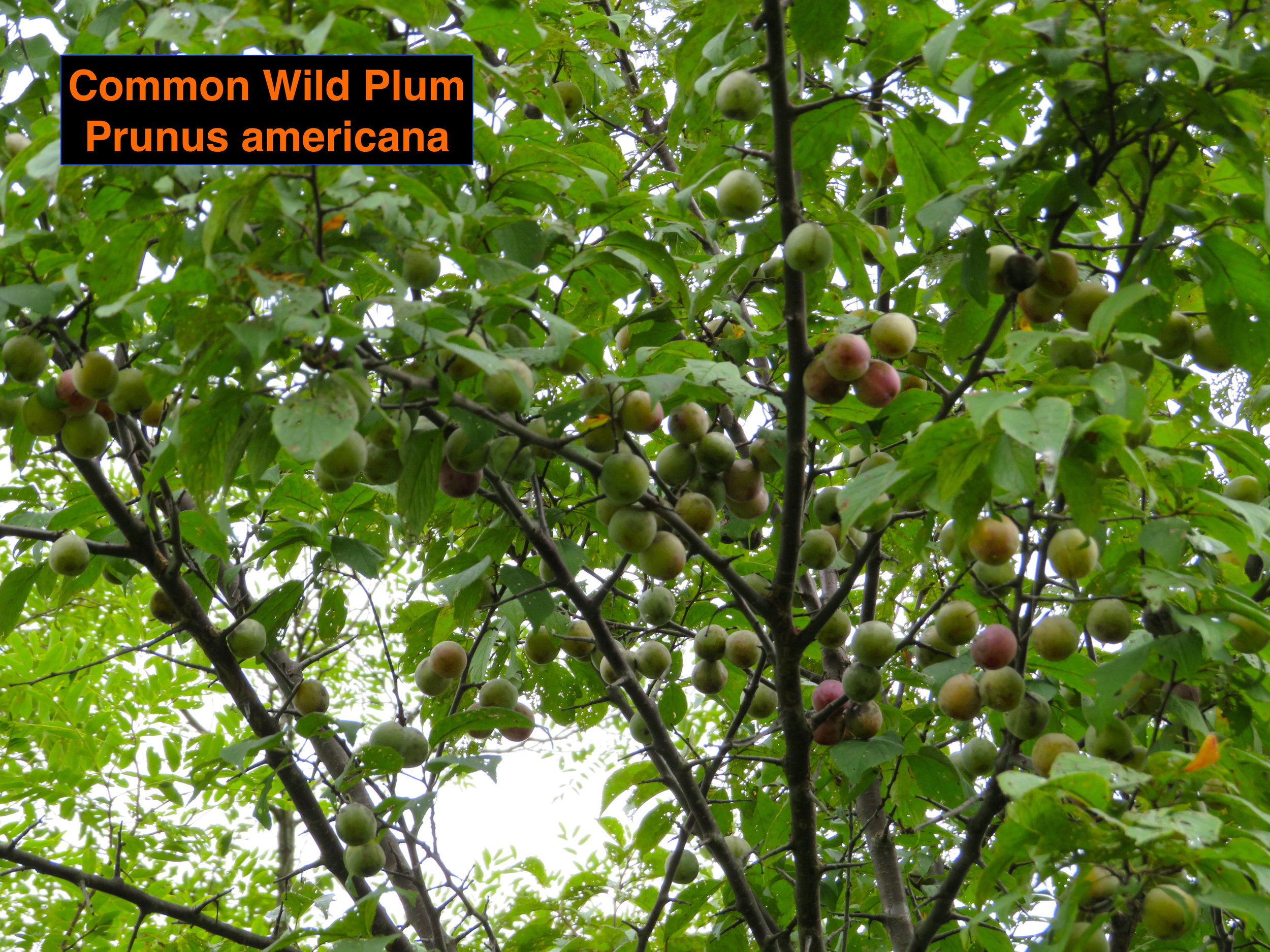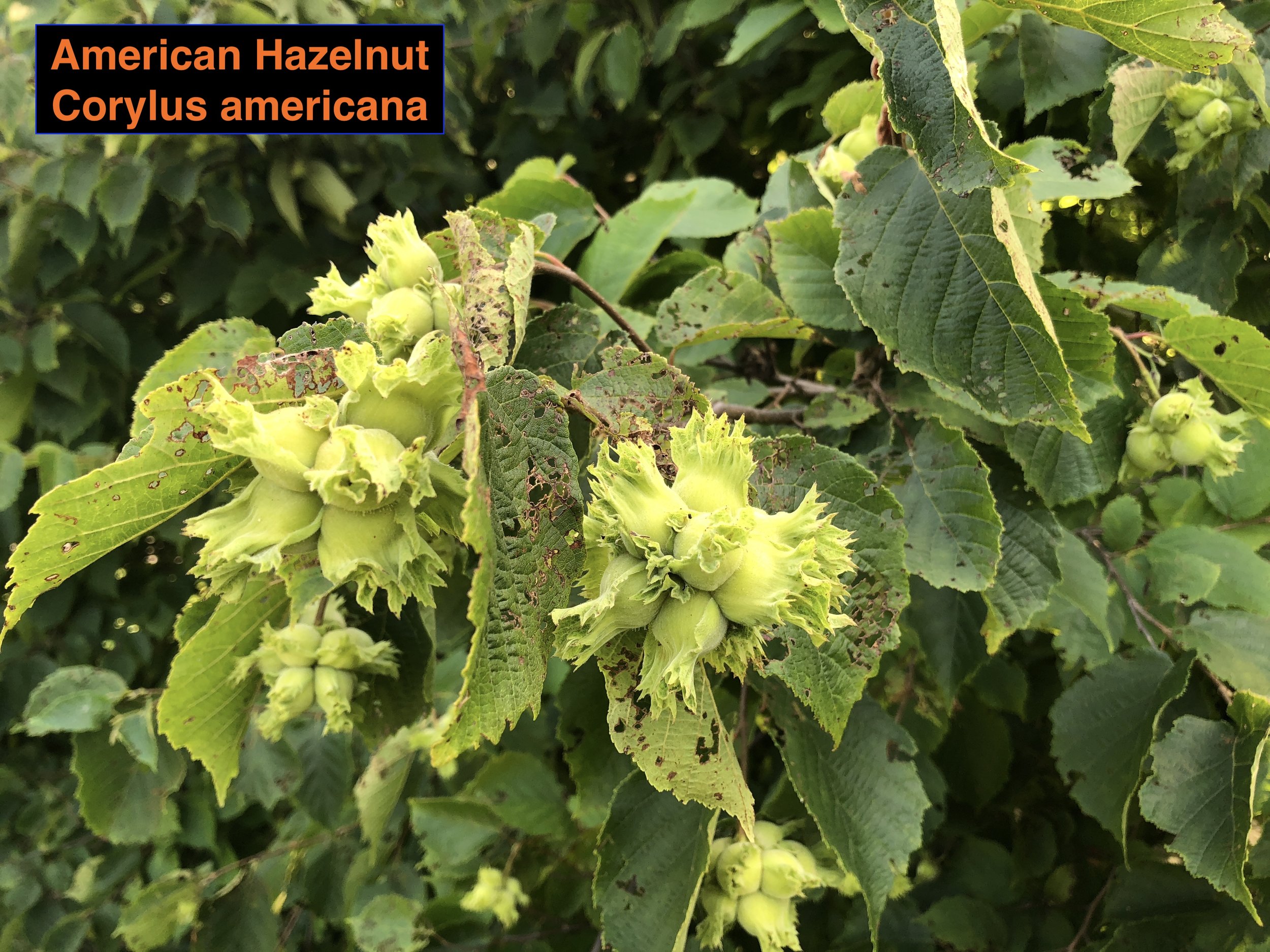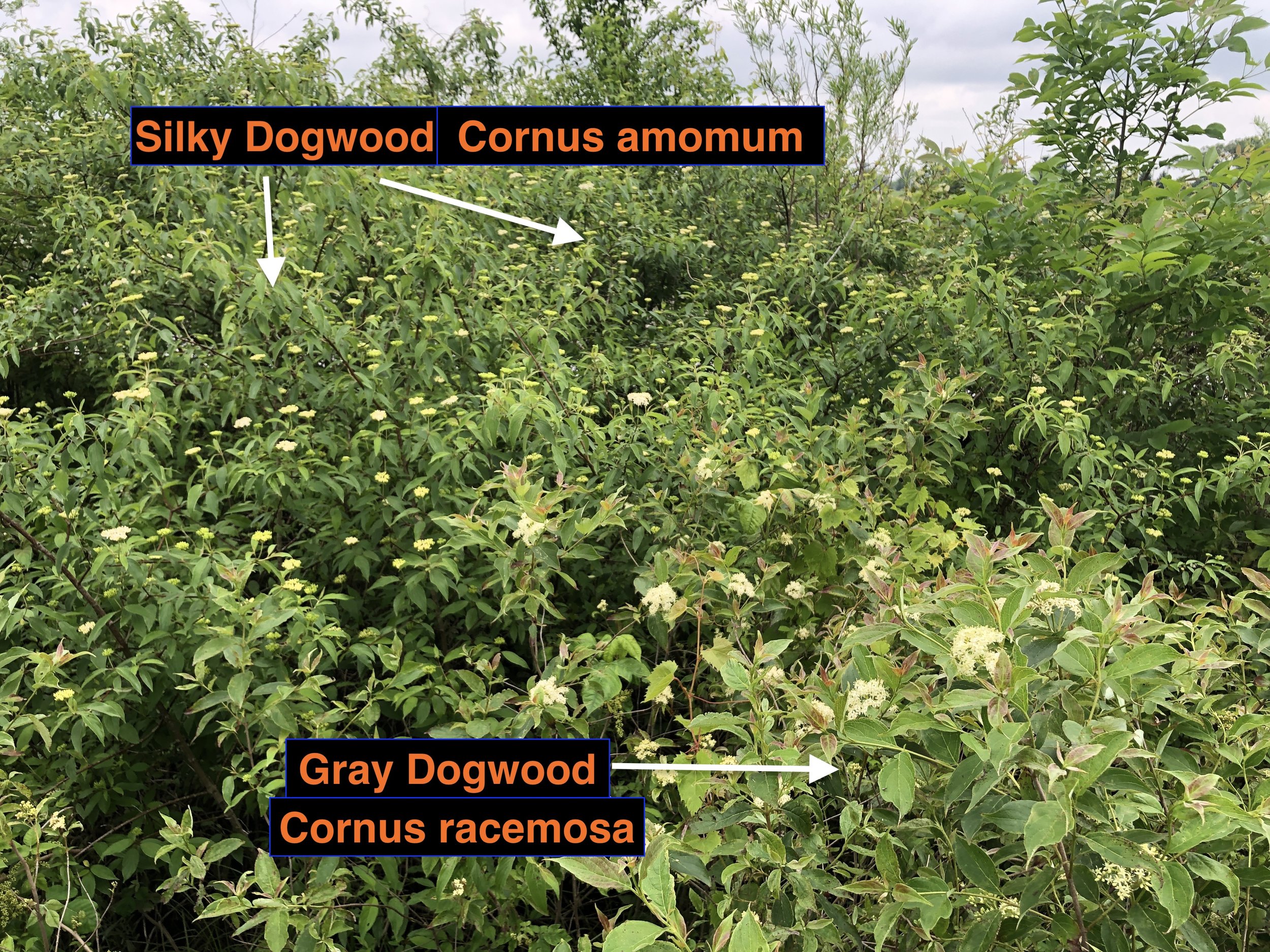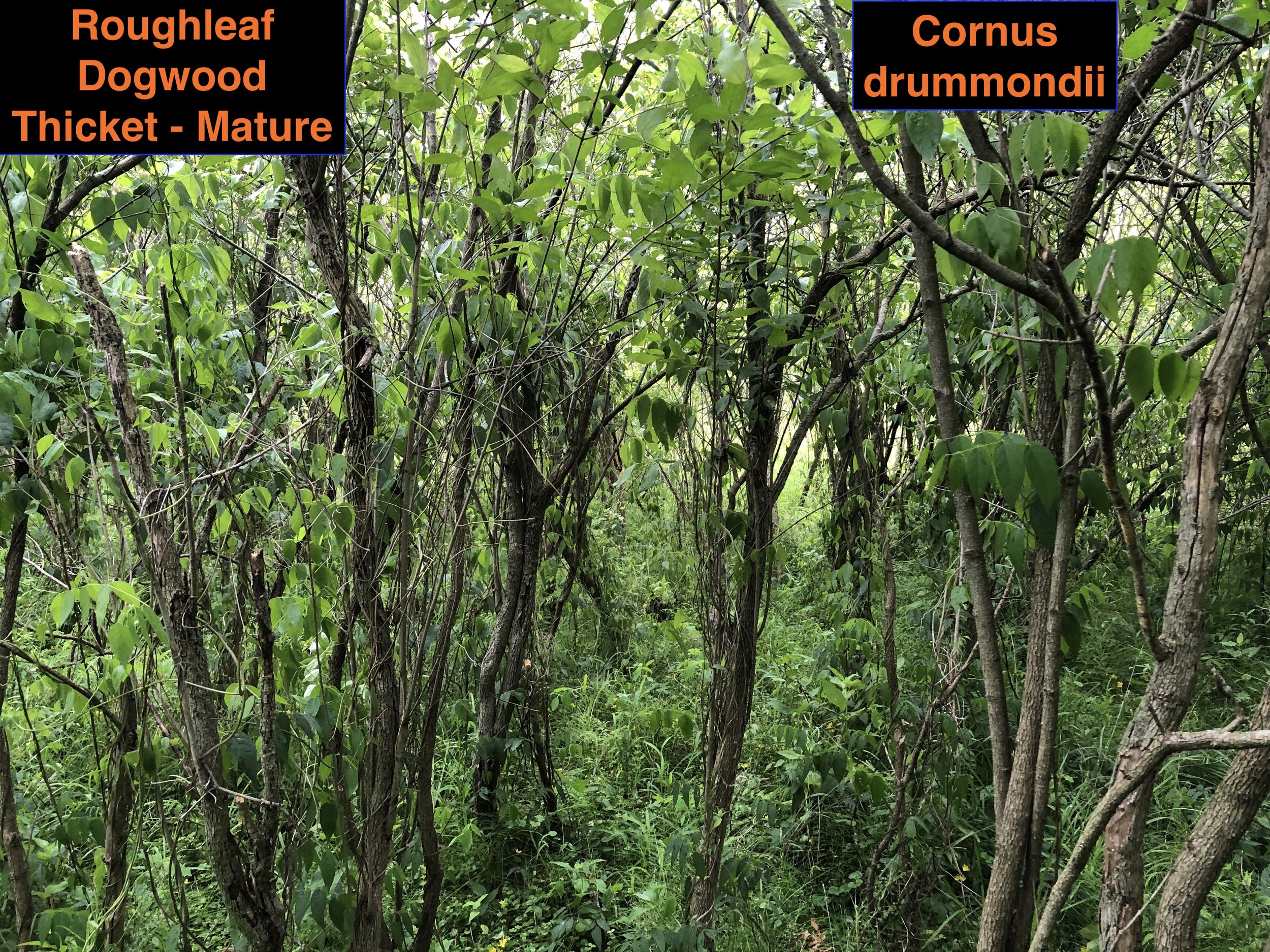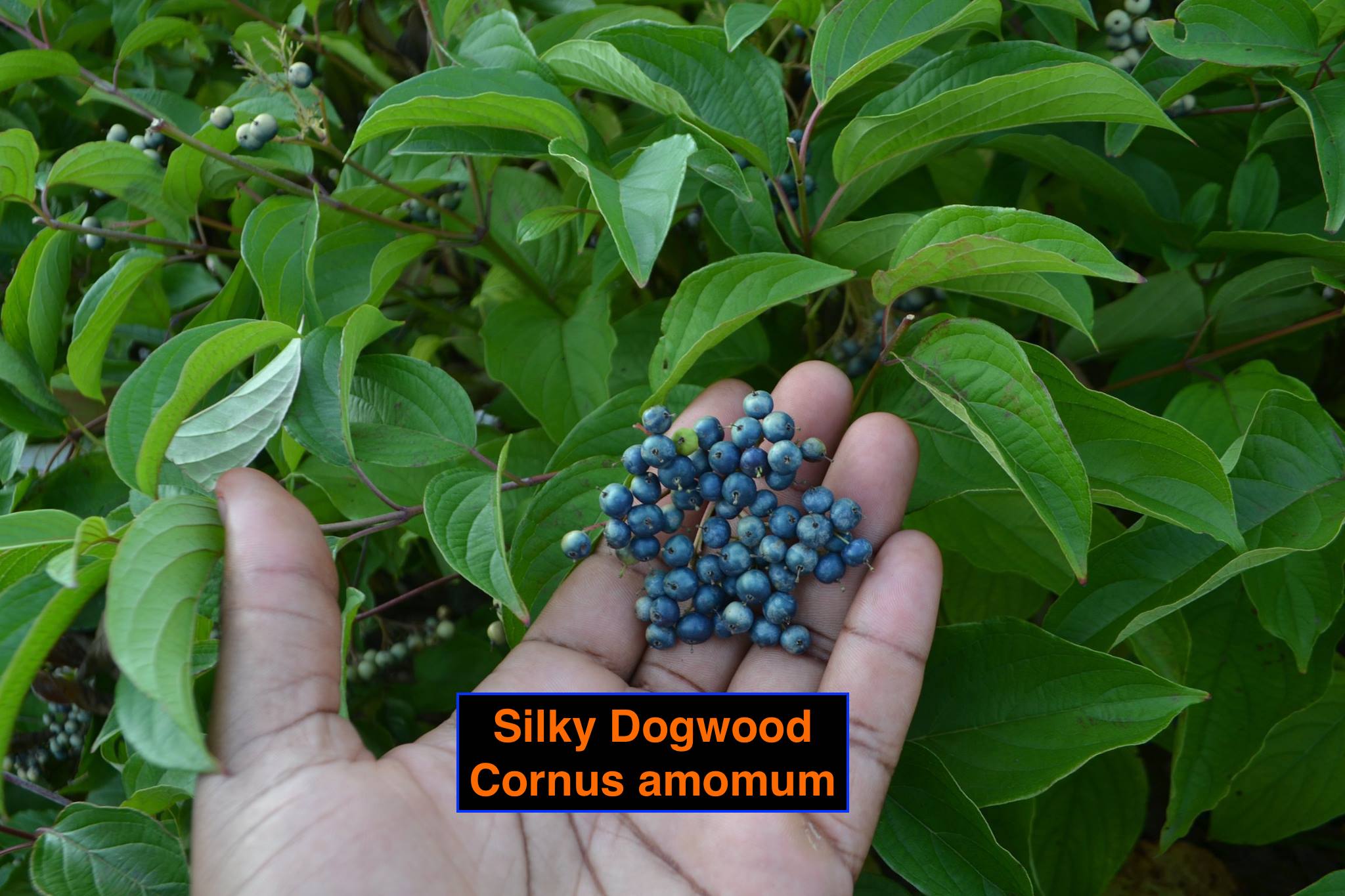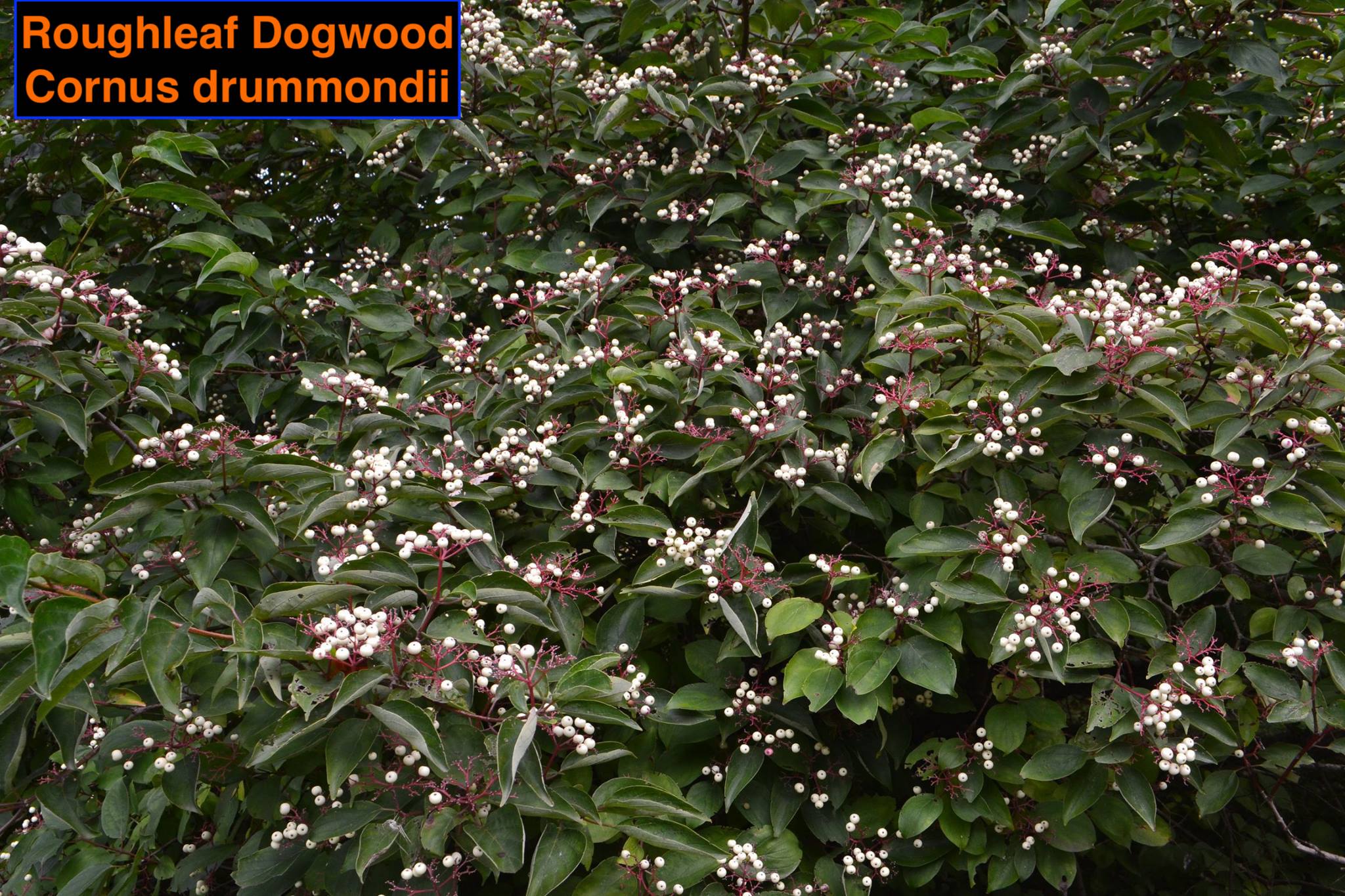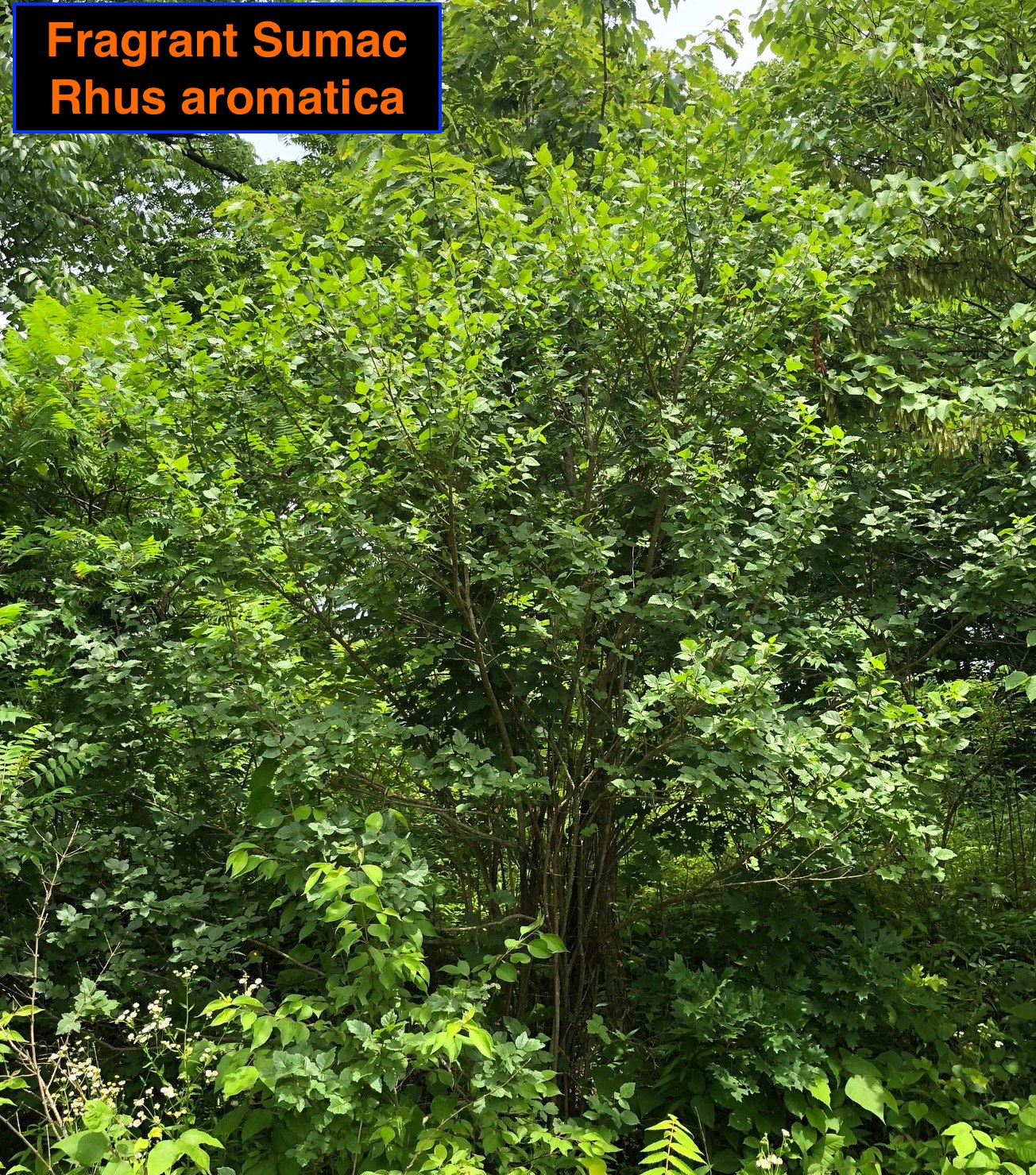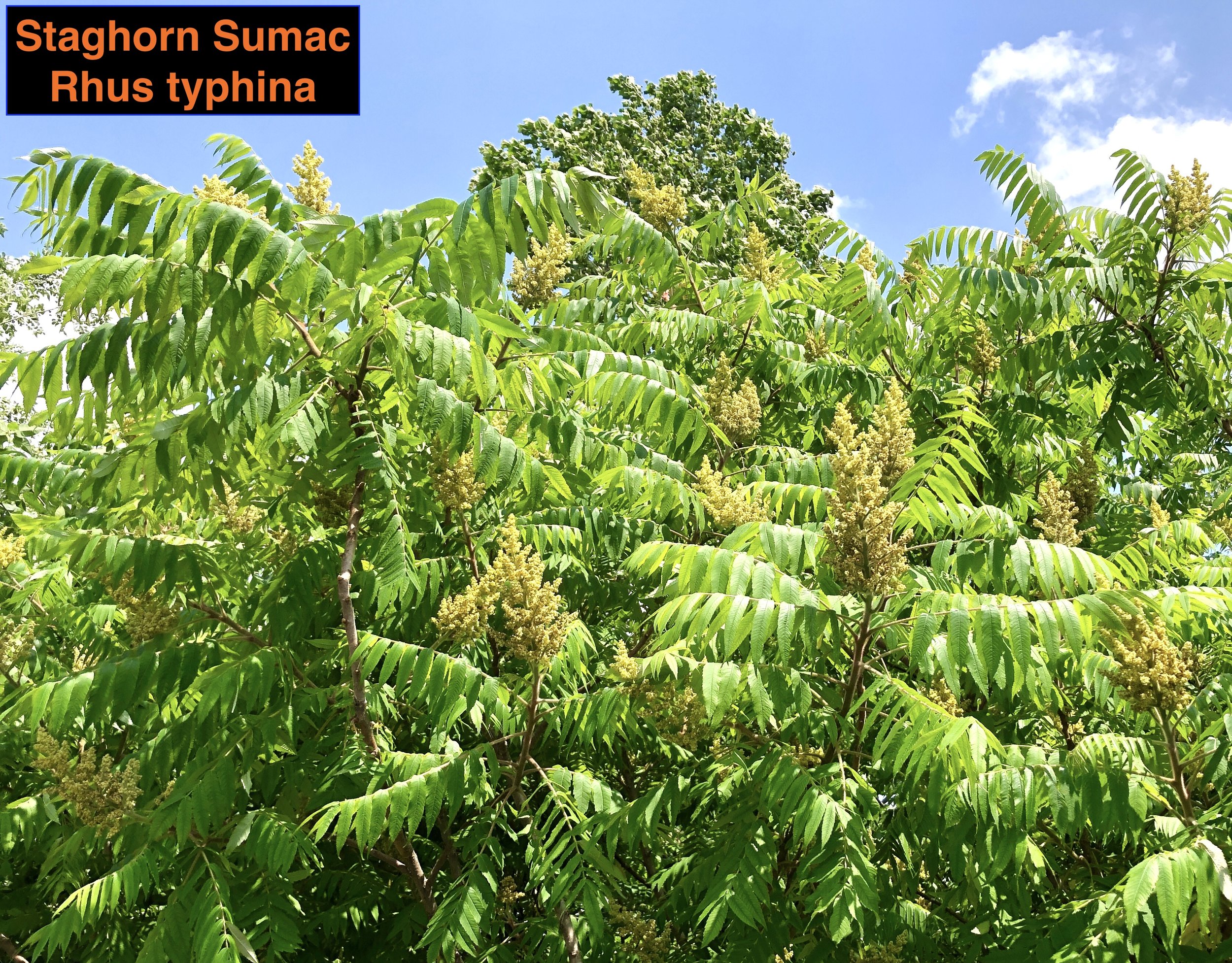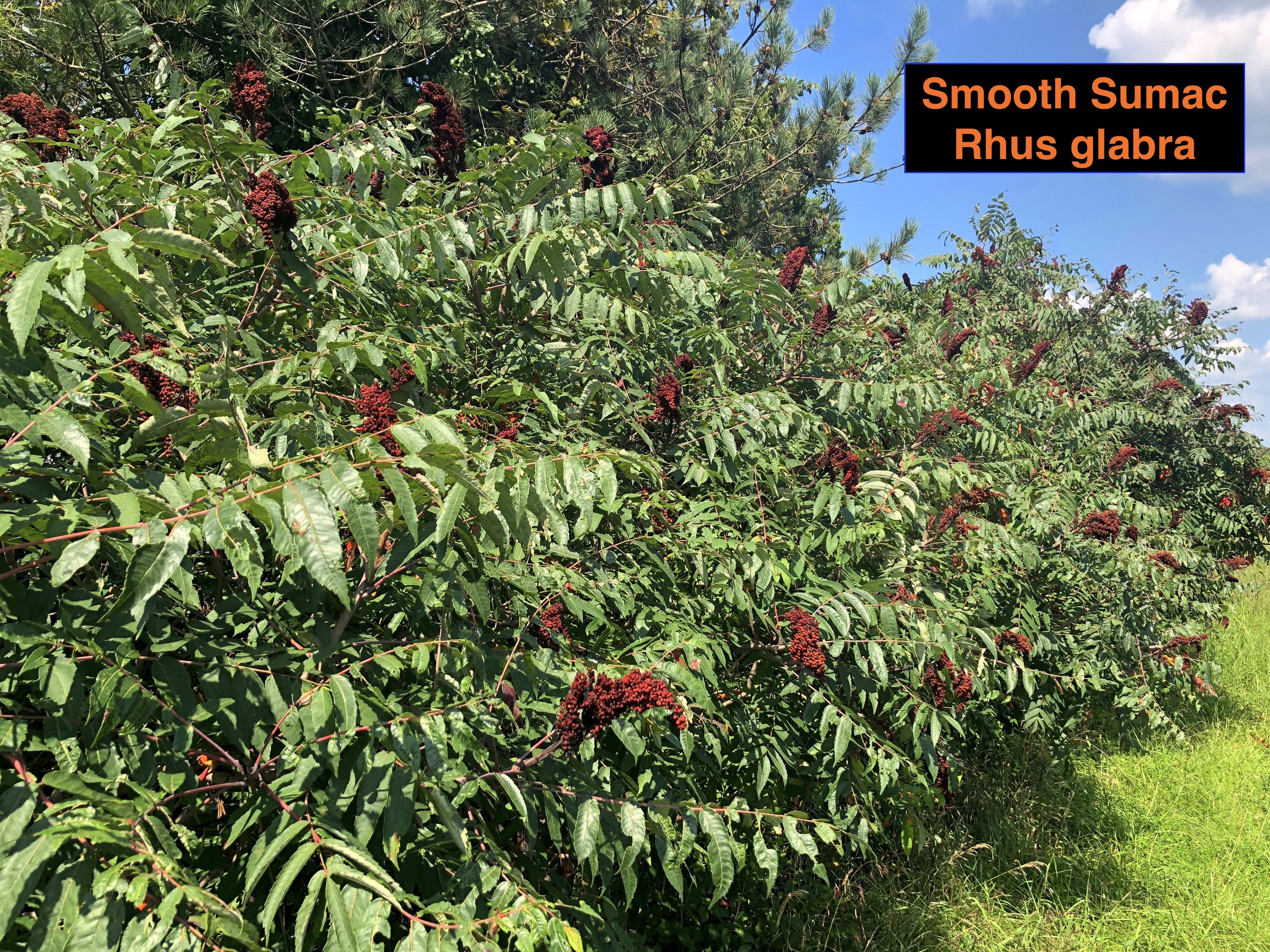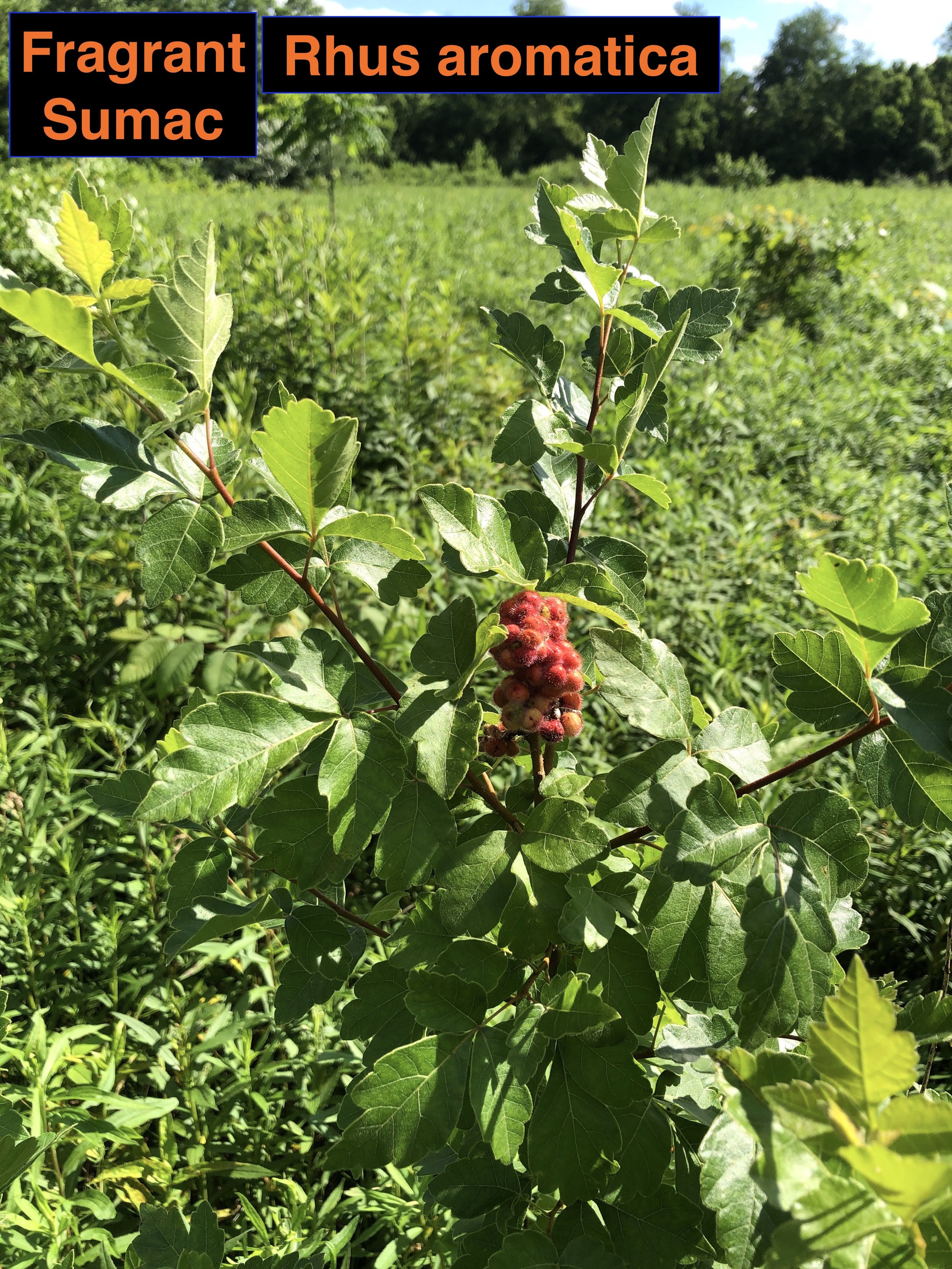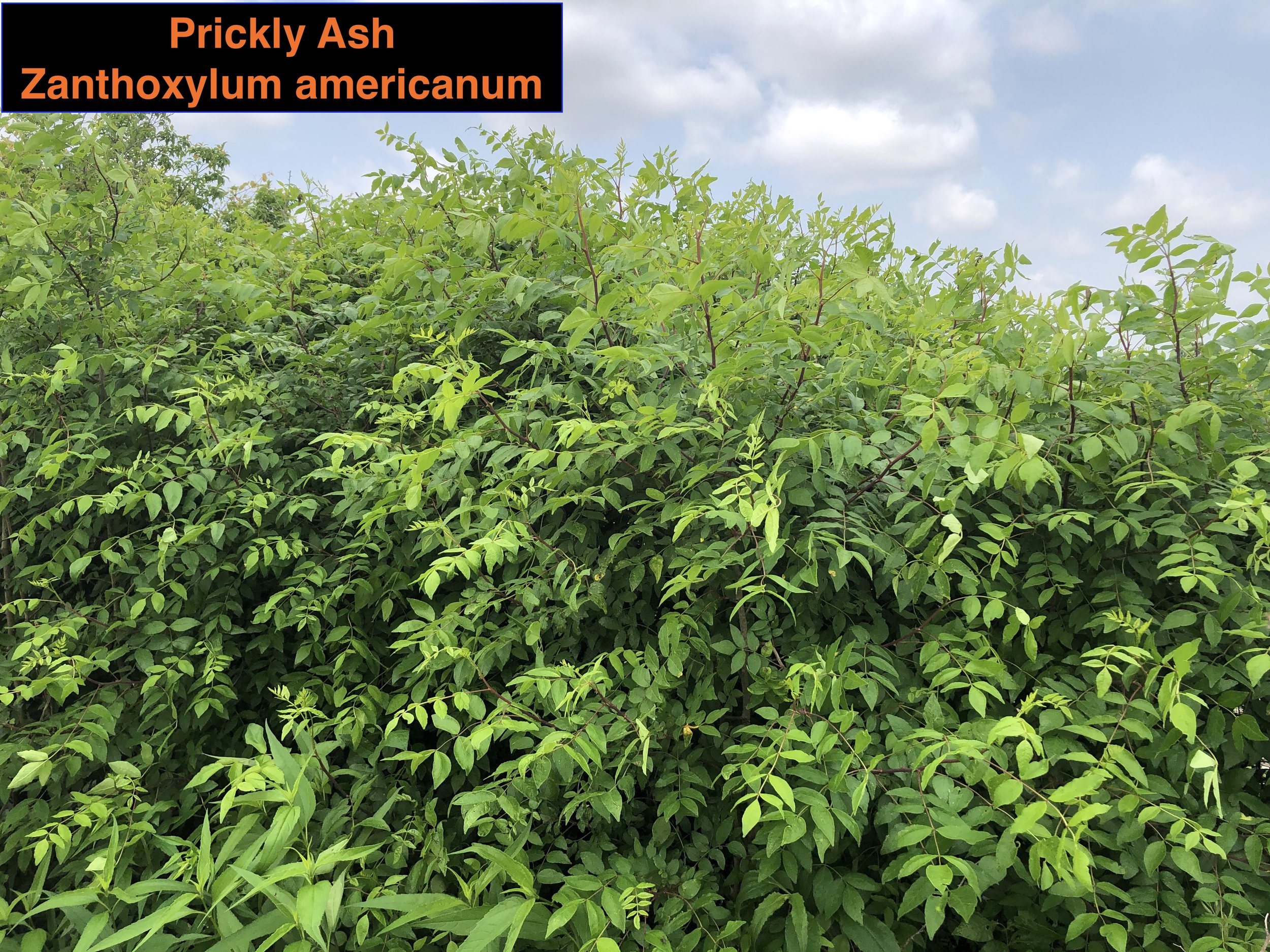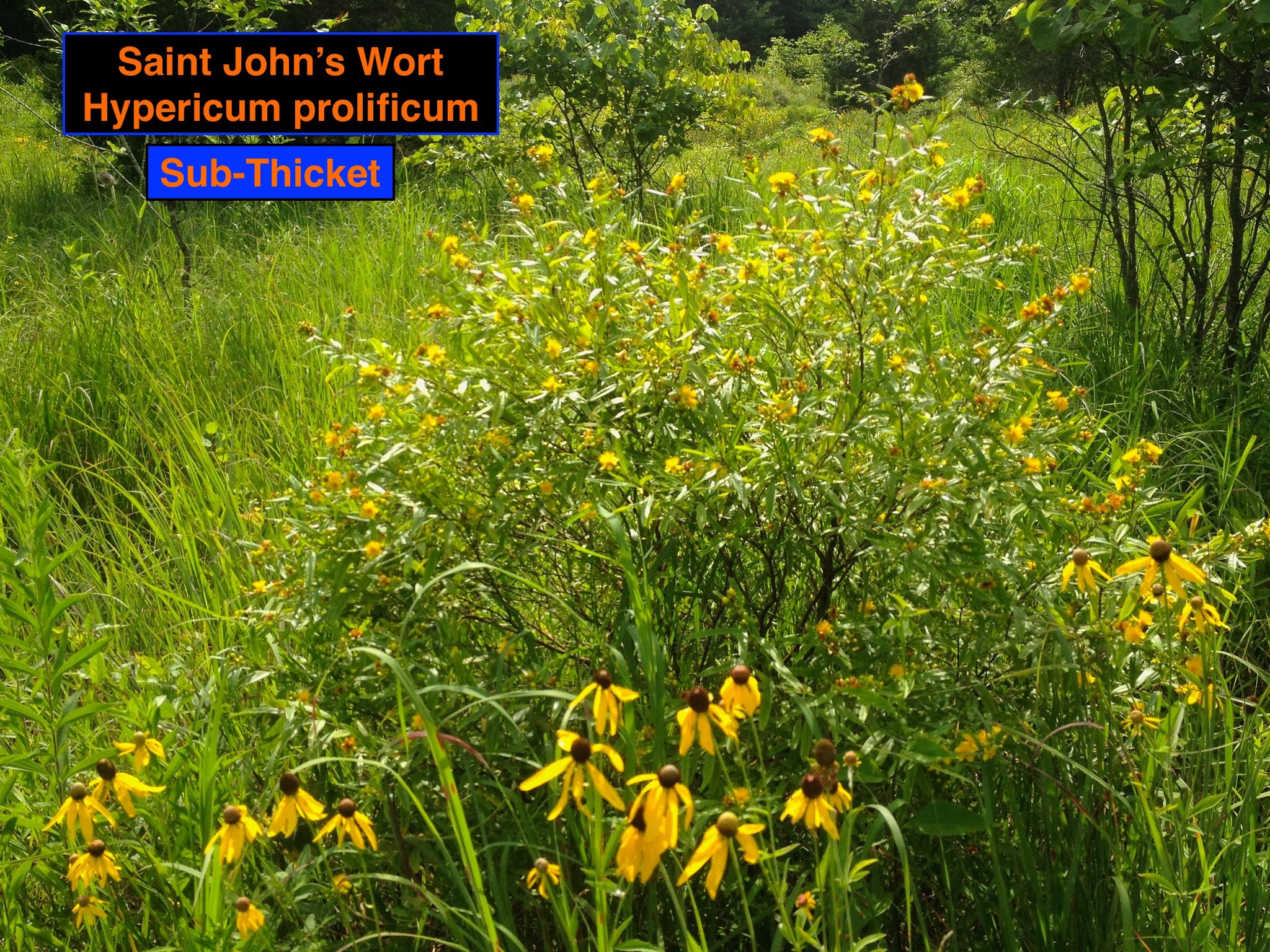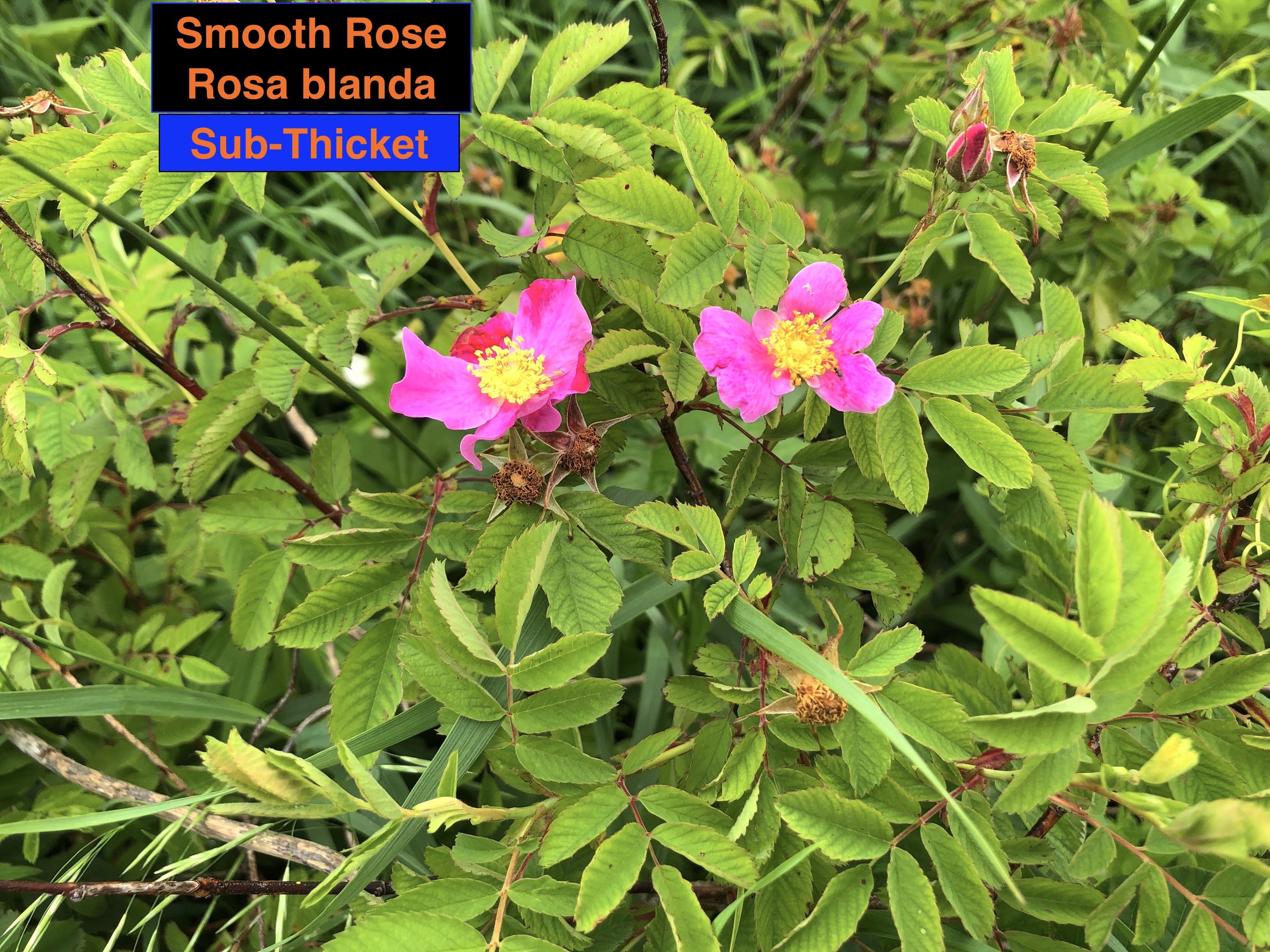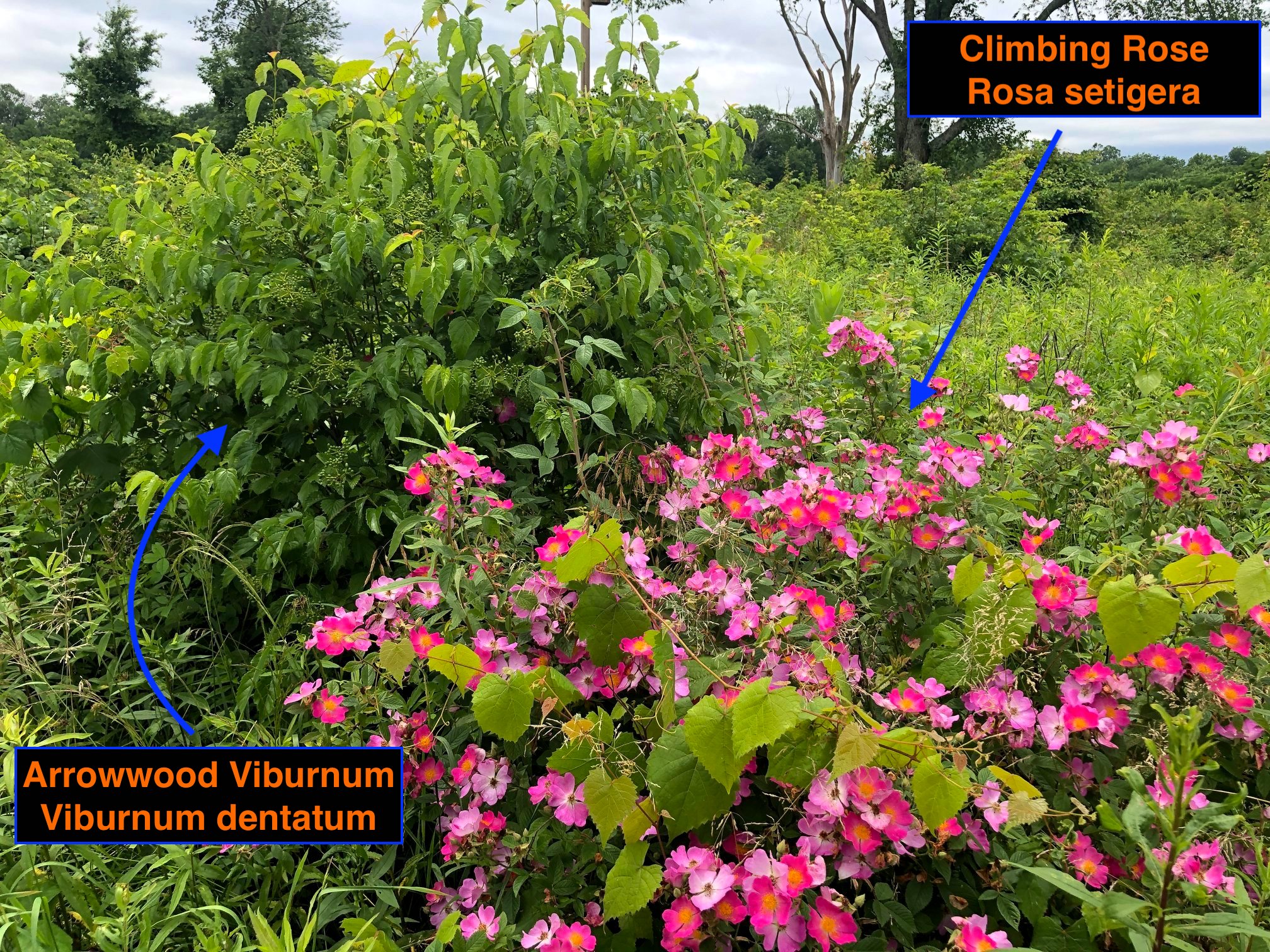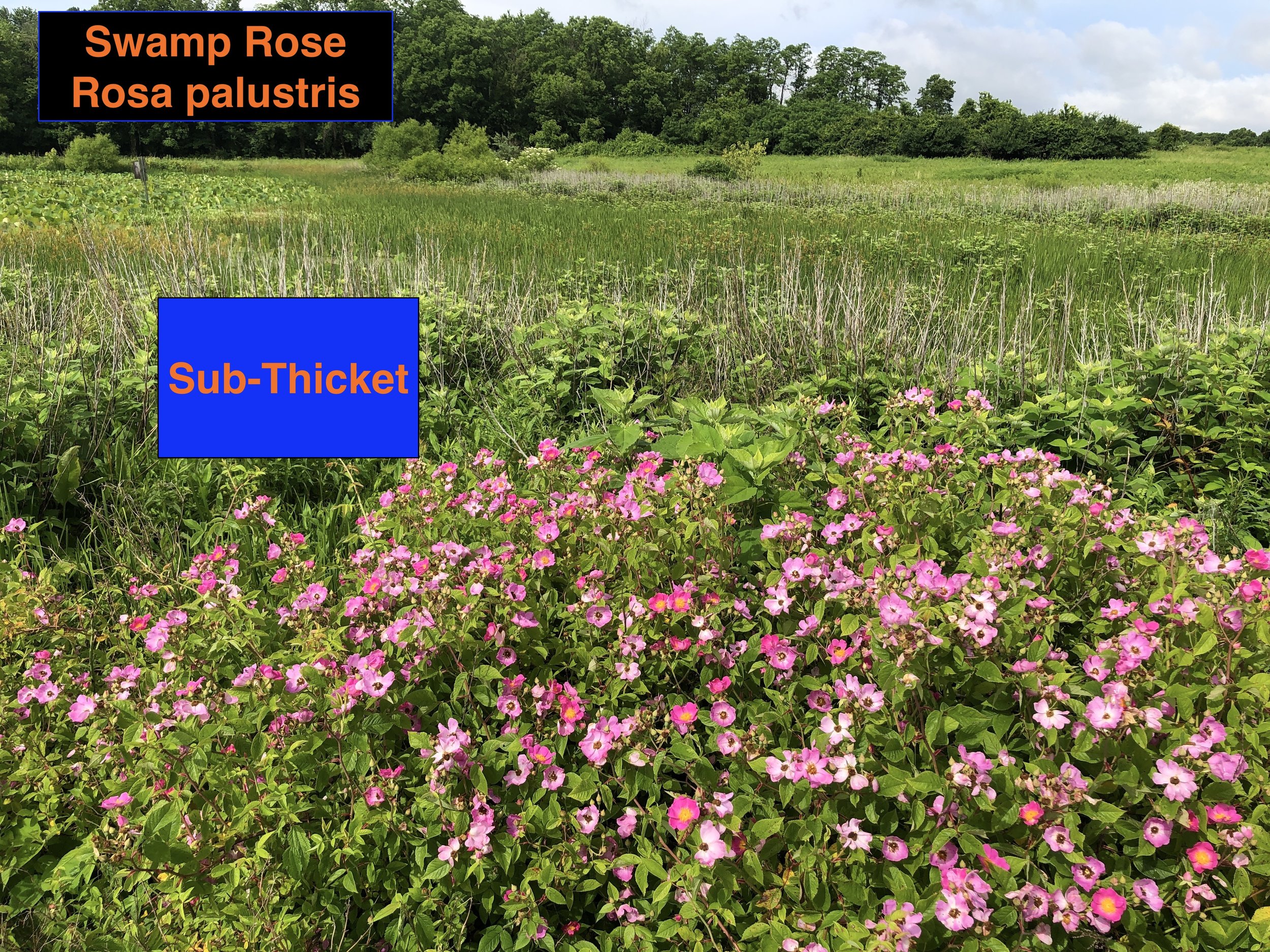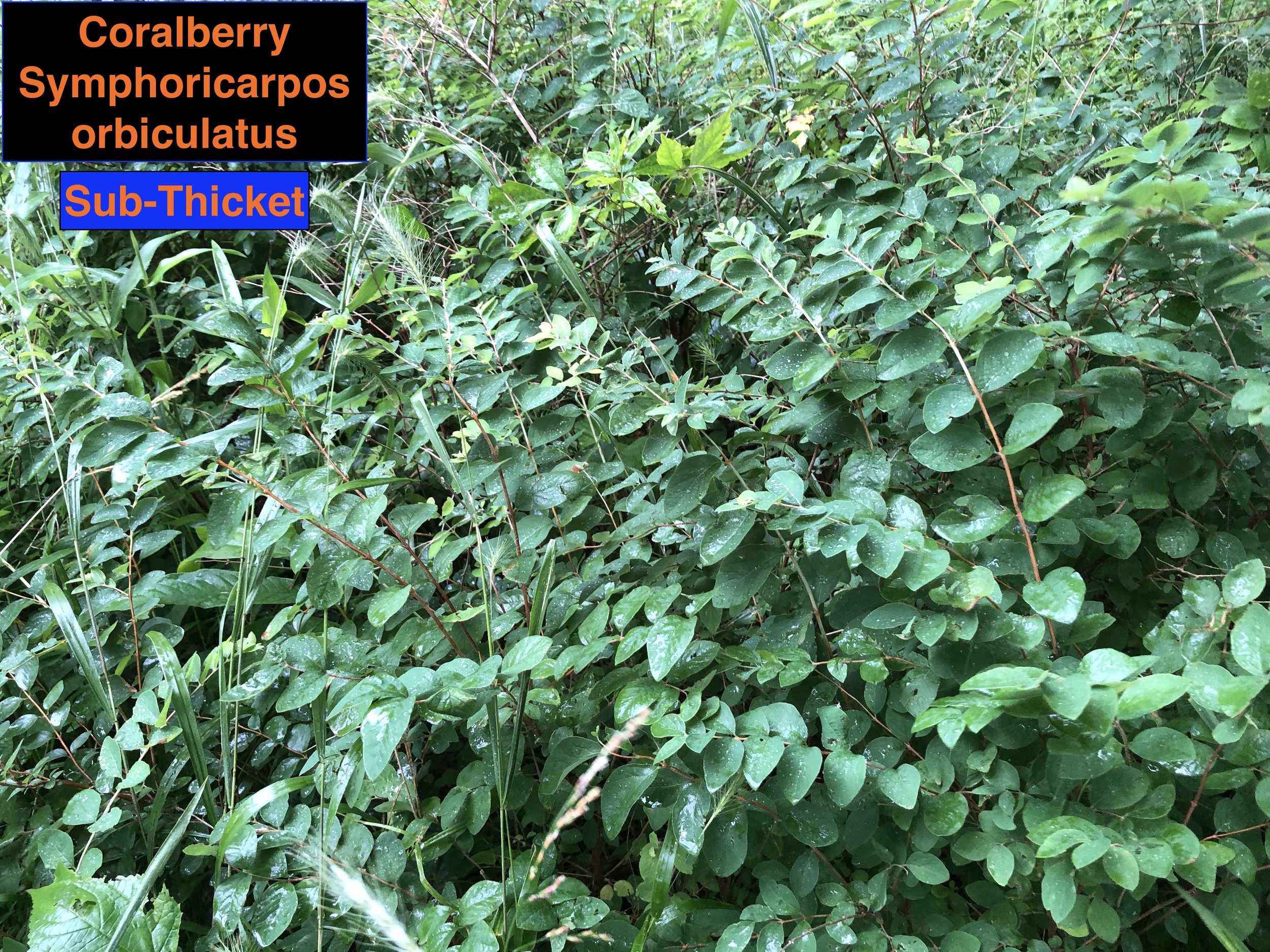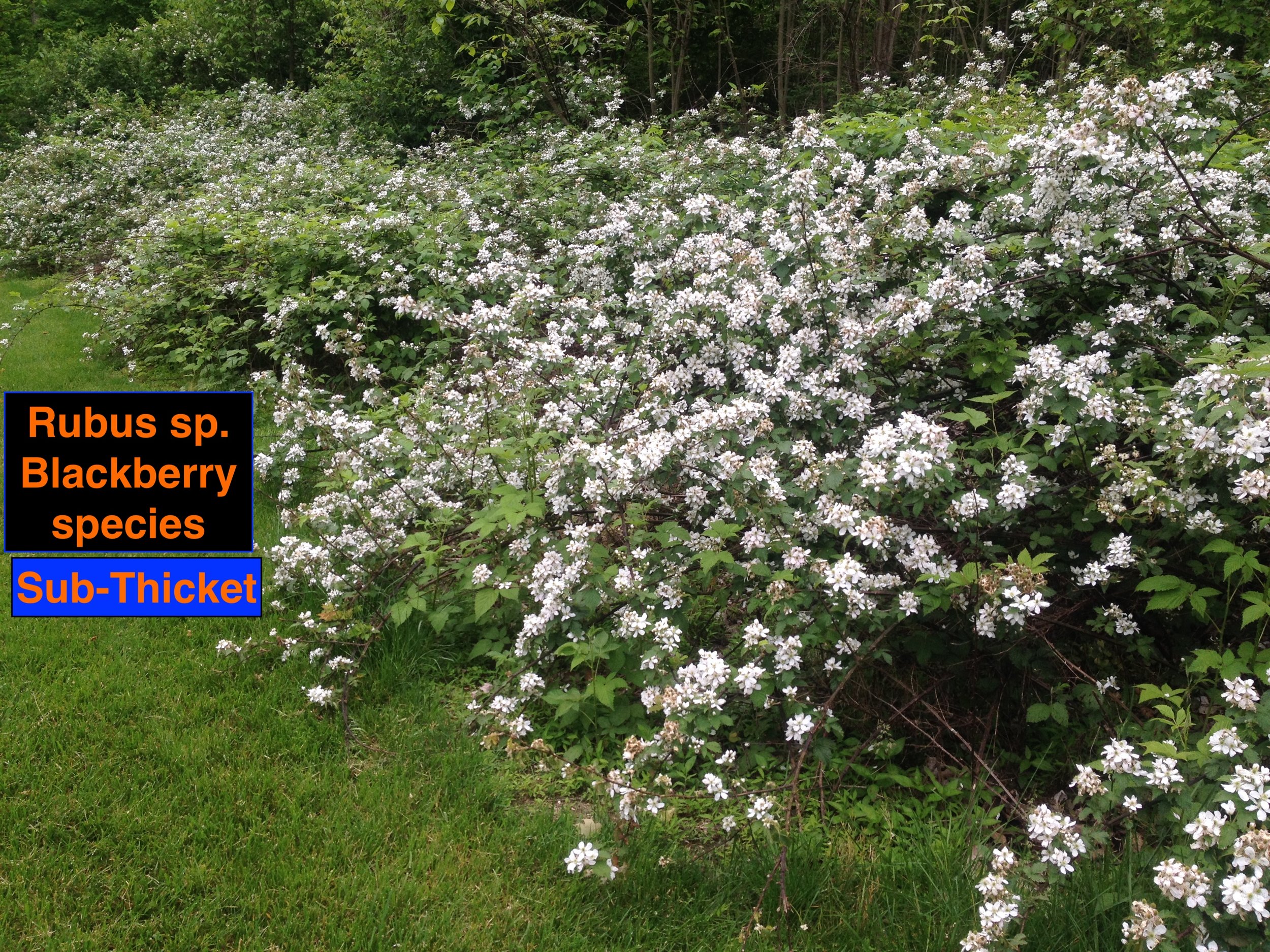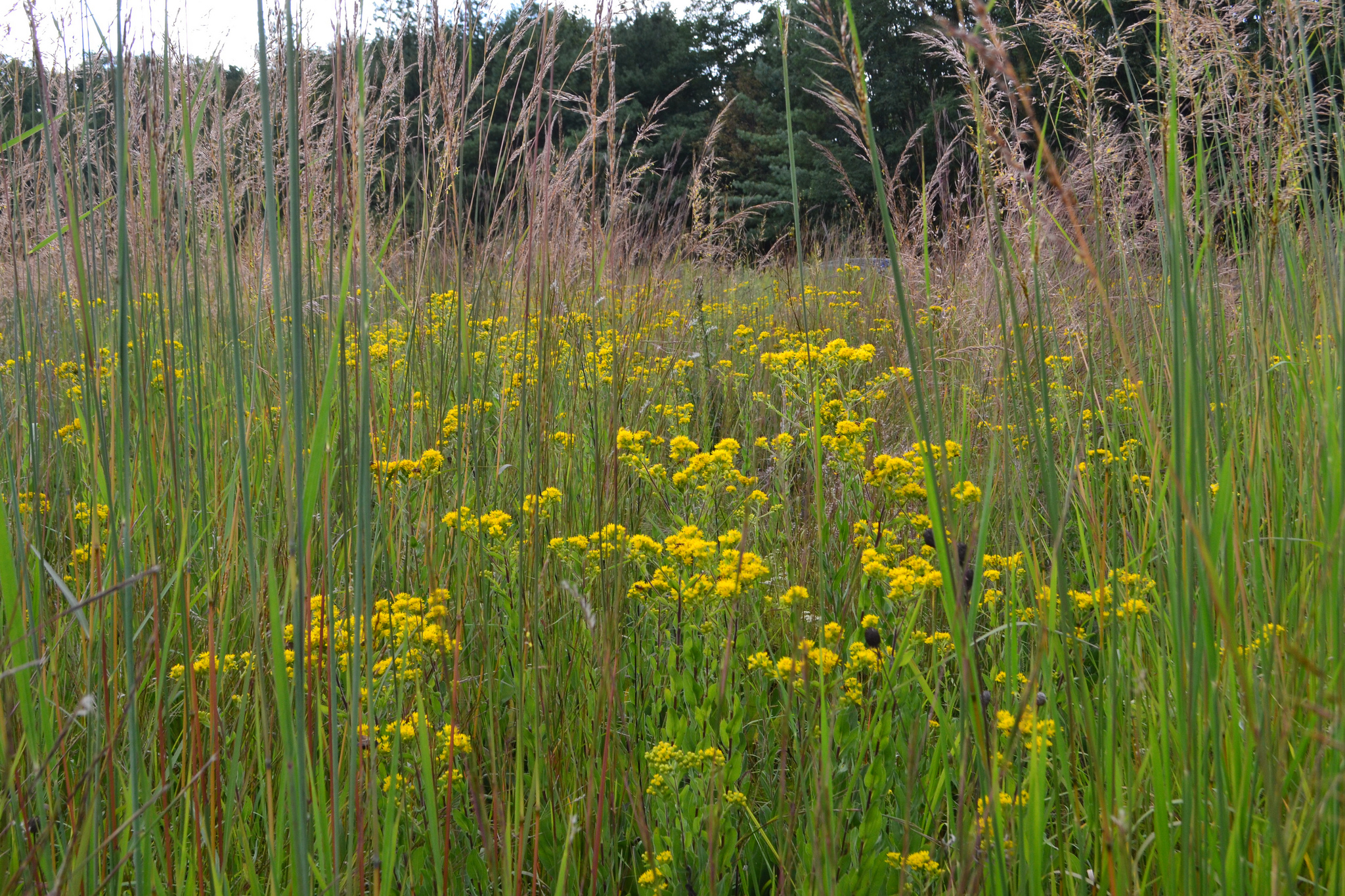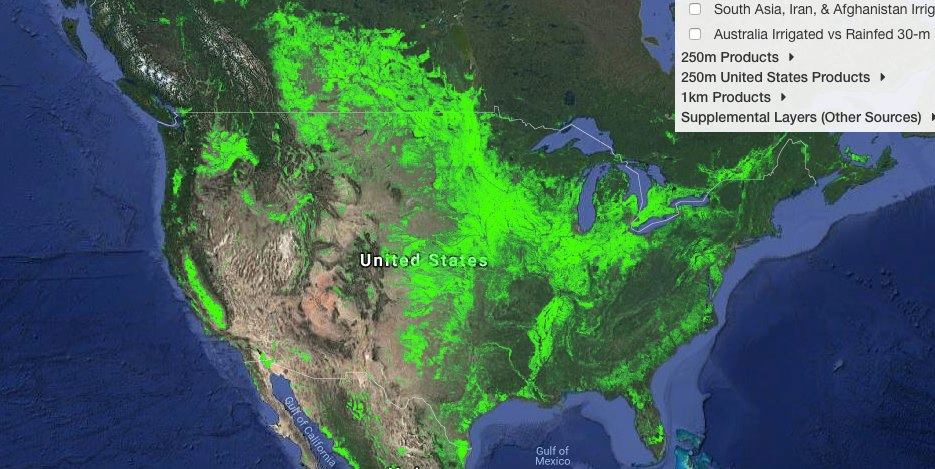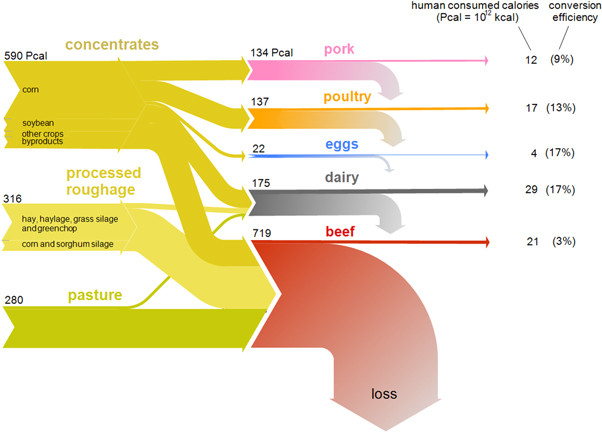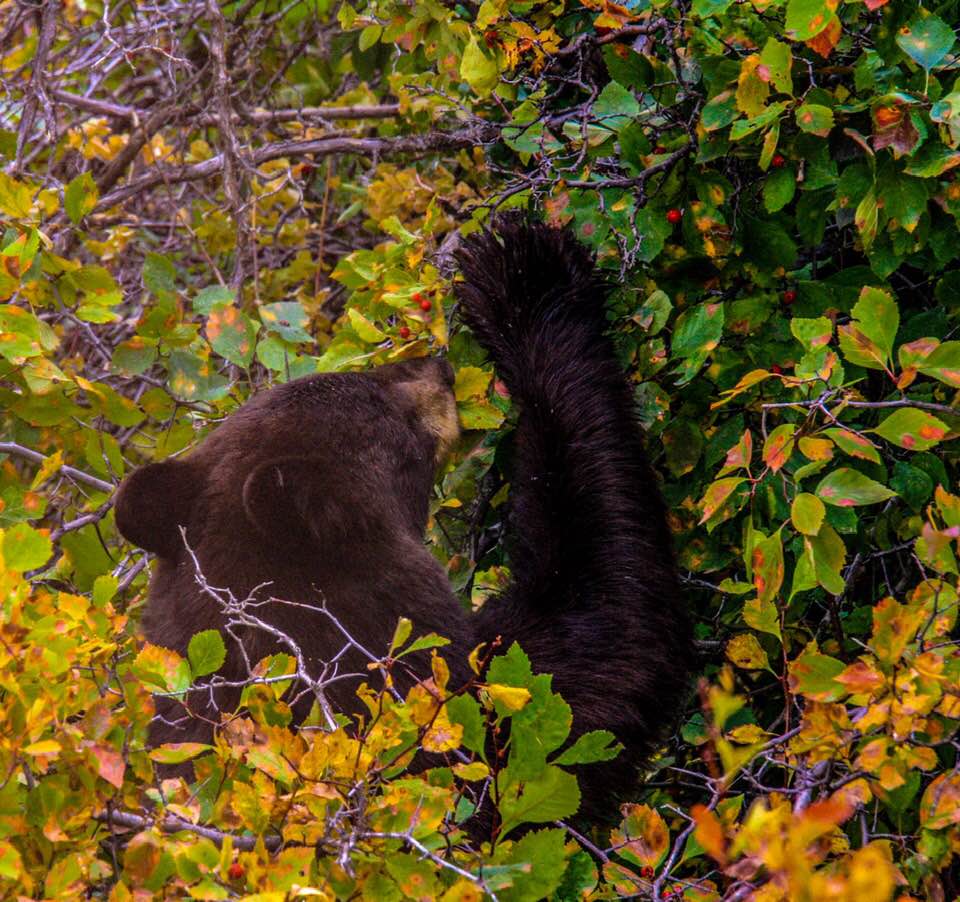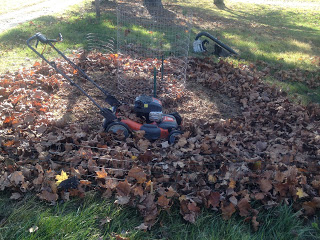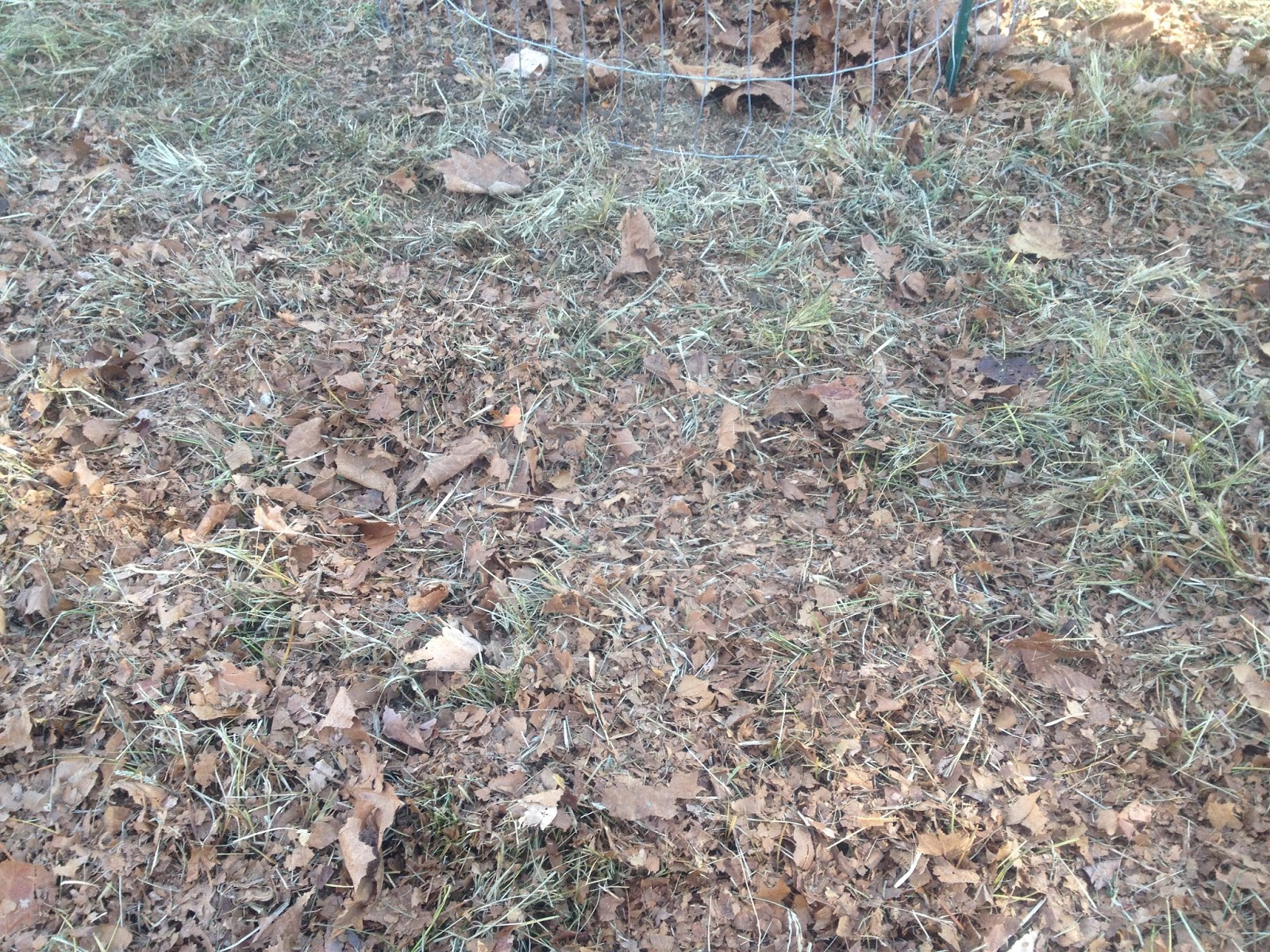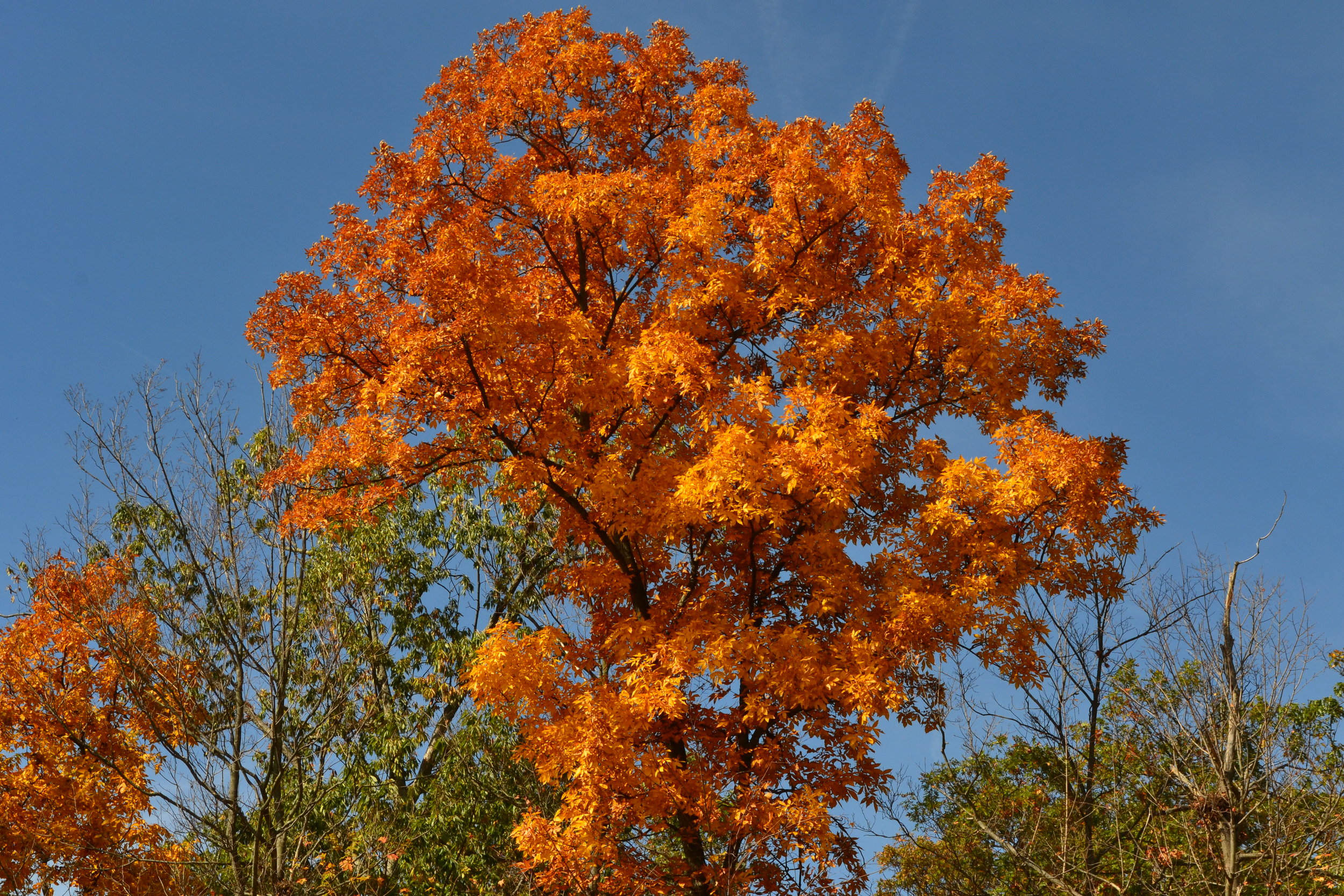This is the extended version of our article "Do you care about Bees or other Pollinators, Please read this..." This version, written by Andrew Goebel of Indigenous Landscapes, has more detailed insight into to the current state of native bees and honey bees with research sited in the end of the article.
The problem with pollinators
Much attention has been given to the decline of honey bee (Apis mellifera) populations and the potential consequences of their demise. Recent years have seen a rise in awareness of the importance of pollinators in general with much money and effort going towards creating “pollinator gardens” and “habitats” in cities, along highways, and our backyards. The majority of this attention has been on populations of honey bees and Monarch butterflies. When thinking of a pollinator, these are likely the two examples people have in mind. Although well intended, this narrow focus limits consideration of the bigger picture and the potential negative impacts of honey bees themselves.
Missing from popular discussion is the less well known fact that native bee species have been declining in recent decades. Since most of the 4000 species of native bees lead a solitary existence (they are not social and don’t live in hives) they are difficult to study. Therefore the majority of native bee research has examined bumble bees (Bombus spp.) since they live in small colonies. The findings highlight the need to implement conservation measures sooner rather than later. One quarter of our bumble bee species have experienced significant declines, including some of the most common species (1).
Why do we need native bees?
Not only can native bees pollinate the majority of world crops they are essential components of native ecosystems. Honey bees do not have the ability to “buzz pollinate” which is a requirement for 15,000-20,000 species of flowering plants (1). Decreased numbers of native bees contributes to decreased seed set from plants that they pollinate. In fact, pollination limitation is one of the most commonly found causes of reduced reproduction in wild plants (2). This results in decreased future forage opportunities, which further pressures native bees (1).
What is driving the decline in native bees?
It is widely assumed that habitat loss and fragmentation are some of the leading causes of native bee decline. While urbanization certainly contributes to these conditions, it is agriculture that accounts for the majority of land use. In the United States over 60% of the land has been converted to different forms of agriculture representing an enormous loss of habitat and degradation of forage for numerous organisms including native bees. Some mid western states have undergone dramatic conversions. Illinois, for example, has lost its most of its prairies, wetlands, and forests to agriculture amounting to 95% of the land area in the northern two thirds of the state. Half of the bumble bee species found historically in Illinois have been either locally extirpated or showed declines in distribution (3).
Most species of bumble bees are ground nesting. They build their homes in abandoned rodent burrows or other cavities within the soil. Prairie habitats that include sufficient areas of clumping grasses provide the necessary conditions for rodents to dig burrows. When farms in Illinois switched from having permanent and temporary pastures with wildflowers and multiple crops to primarily corn and soybean, the steepest declines in bumble bees occurred (3).
Fragmentation can be understood as a problem of ecosystem simplification. Despite mounds of research many ecosystem dynamics are still poorly understood. One theme that has emerged is that more complex environments support more species and are more resilient to change. The current agricultural system in the US is based on only a few crops which are often planted in large monocultures. These may be interspersed with patches of semi natural areas creating islands of habitat within a sea of agriculture. Areas that were once covered in any number of our thousands of native plants have become solid stands of only a few non native crops. This simplification of the environment has consequences.
Bumble bees require a variety of plants that flower at different times to provide food throughout the season. They are further specialized in their own emergence times and by length of their tongues which impacts what flowers they will visit. Agricultural conversion to only a few species of plants reduces the foraging window for all pollinators.
Issues with honey bees and domestication of other bees
Introduced from Europe, honey bees did not co-evolve with native bees or the ecosystems in which they have been placed. Like many other introduced organisms, their presence can have unintended and negative impacts on native flora and fauna. In fact there is ample evidence that honey bees can contribute to the decline of native bees and flora.
Honey bees compete for forage with native bees. Bumble bees have been shown to have reduced amounts of foraging in proximity to honey bee colonies - sometimes avoiding entire areas. The closer the nest sites the less that native bees were able to compete (4). Further, since honey bees focus on nectar collection instead of pollen they are less effective than native bees and other non bees (flies, beetles, etc) at pollinating and may be linked to the spread of invasive plants as well (1).
When honey bees encounter native bees on the same flower there is potential to spread parasites and disease. This is also true of domesticated native bumble bees. The system of apiculture and native bee domestication creates populations that can harbor much higher pathogen loads than wild or native bees, increasing their chances of exposure. It may be possible for honey bees to spread deformed wing virus to bumble bees which has been implicated in the colony collapse disorder phenomenon (1). Honey bees are shipped around the country to match various bloom times, mingling sick and healthy colonies.
Furthermore, pesticides that have been deemed “bee friendly” are only legally required to be tested on honey bees not native ones (4). Bumble bees are often active during pesticide application in the morning or evening that is timed to avoid mid day honey bee foraging (4).
What can be done?
Changing current agricultural practices is a clear way to mitigate the decline of native pollinators. Farmland designed to include sufficient habitat could support native bumble bees which have been to shown to effectively pollinate most crops without human intervention. A shift away from intense use of non native honey bees and other domesticated bees would lower competition with native pollinators and reduce the potential of debilitating pathogen outbreaks.
Transitioning to a food system based on native food plants could address multiple problems at once. In such a setup, crop land itself could actually act as habitat and begin to reconnect our fragmented landscape.
(1) Xerces Society for Invertebrate Conservation. (2016). An overview of the potential impacts of honey bees to native bees, plant communities, and ecosystems in wild landscapes: Recommendations for land managers.
(2) Potts, S. G., et al. (2010). Global pollinator declines: trends, impacts and drivers. Trends in Ecology and Evolution, 25(6), 345-348.
(3) Grixtia, J. C., Wonga, L. T. (2009). Decline of bumble bees (Bombus) in the North American Midwest. Biological Conservation, 142(1), 75-84
(4) Goulson, D., Lye, G.C. (2008). The decline and conservation of bumblebees. Annual Review of Entomology, 53, 191-208










